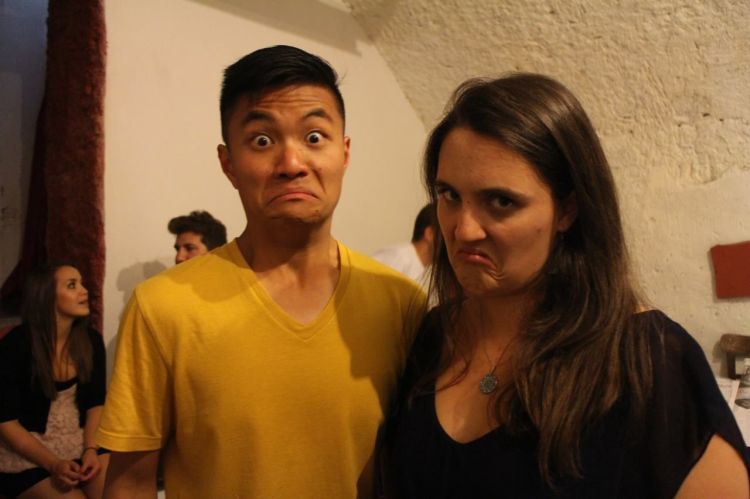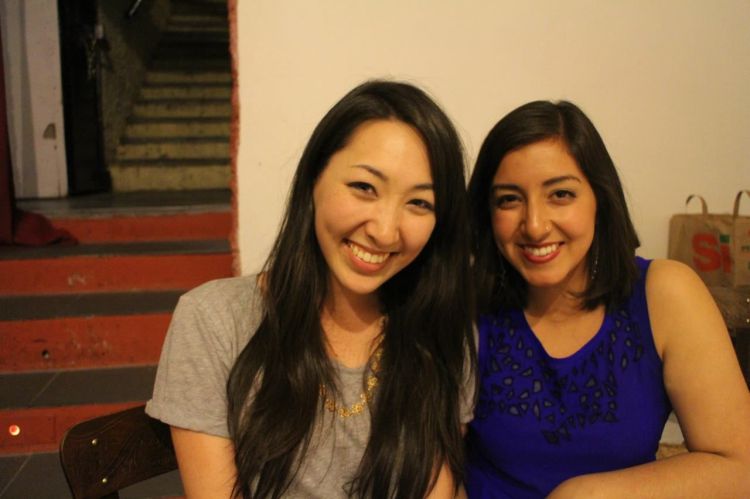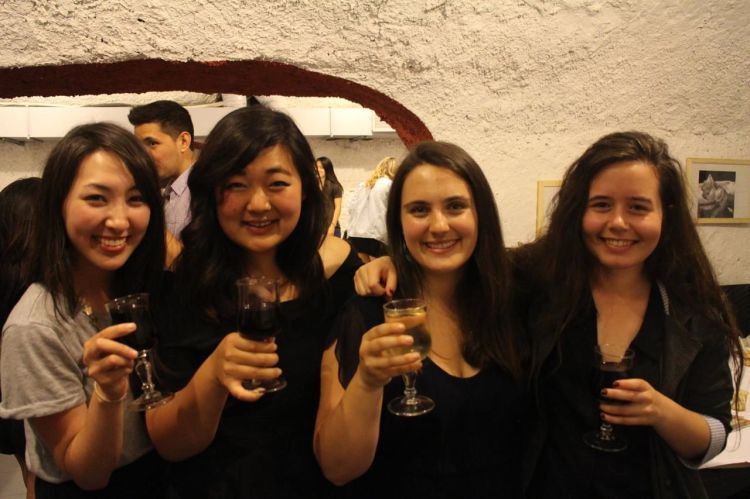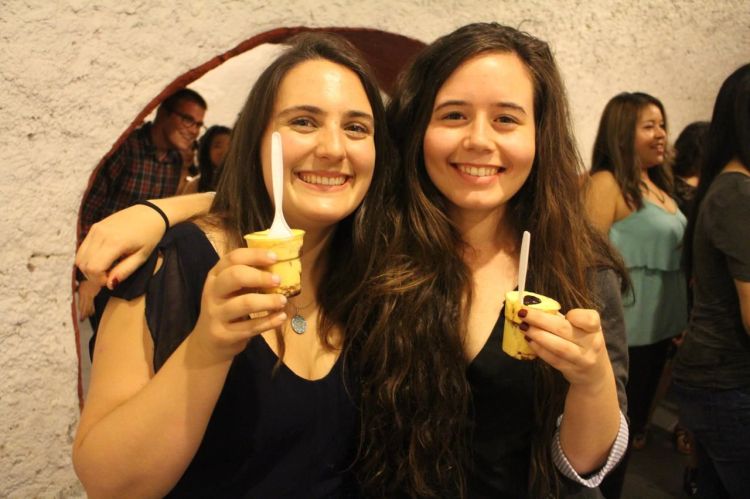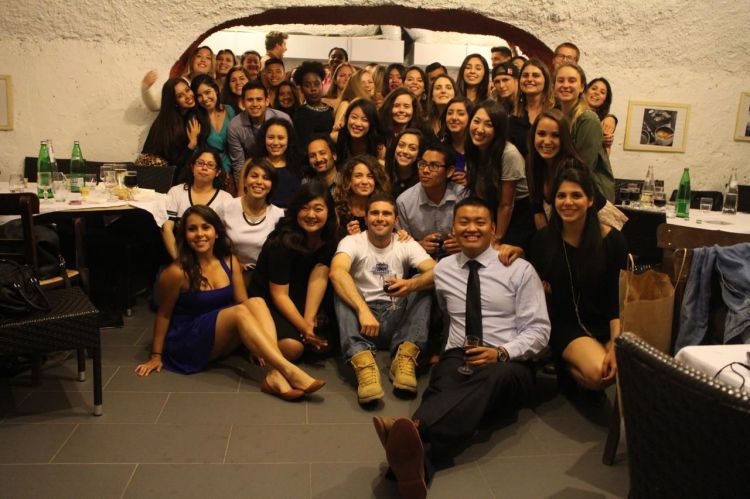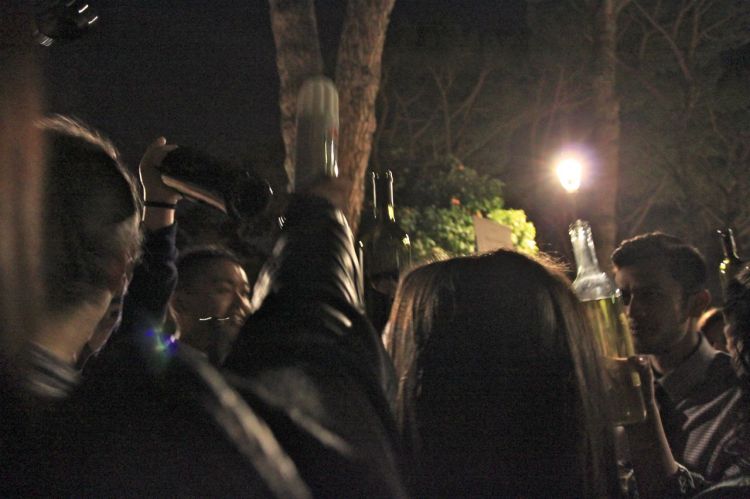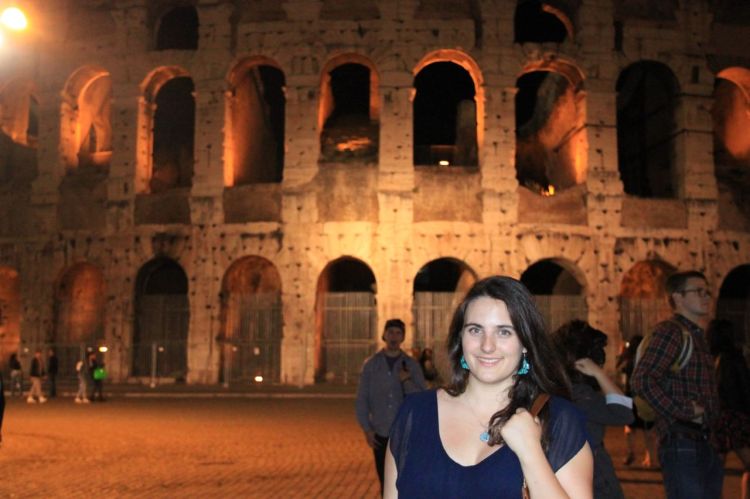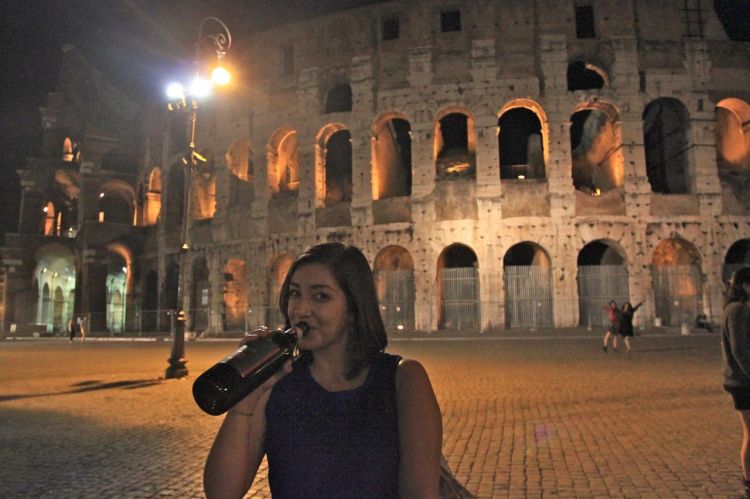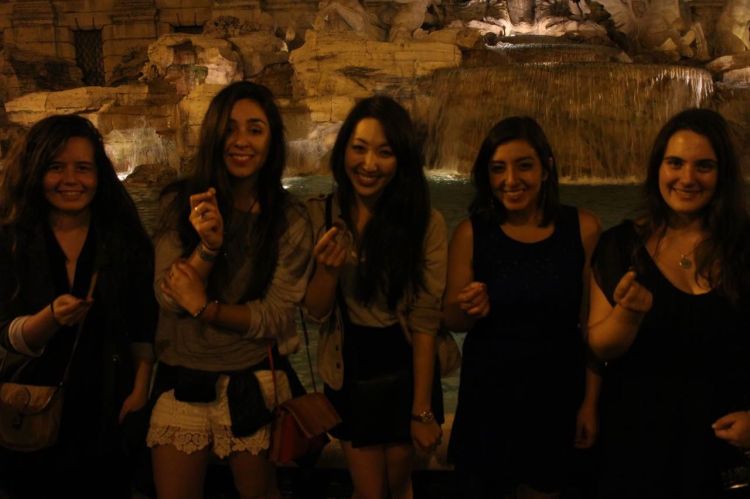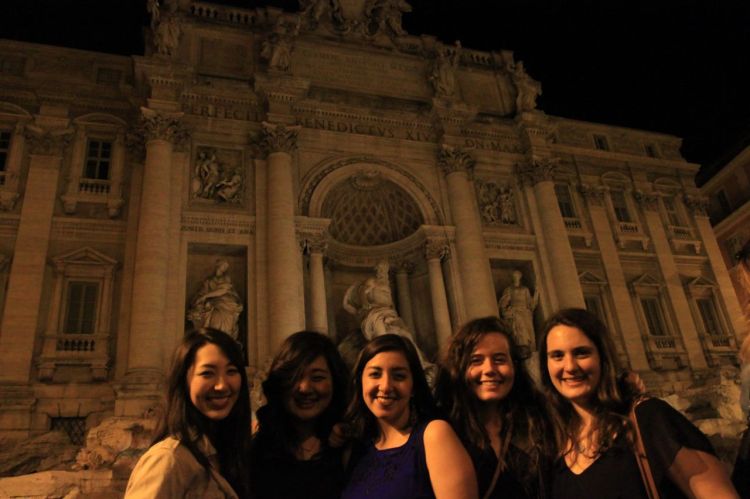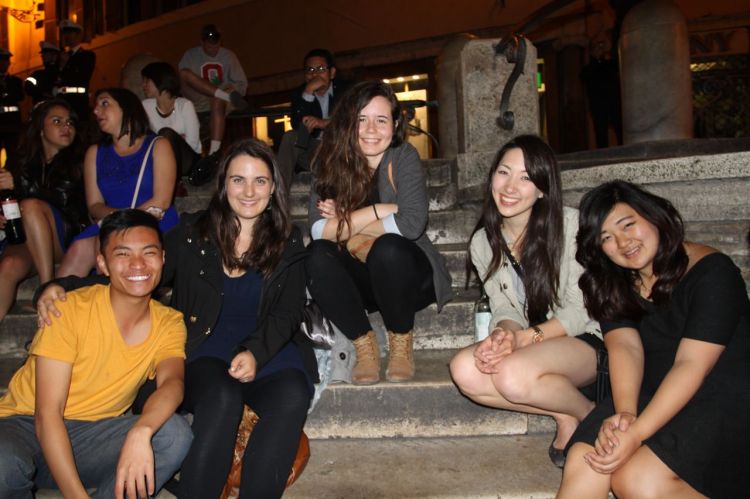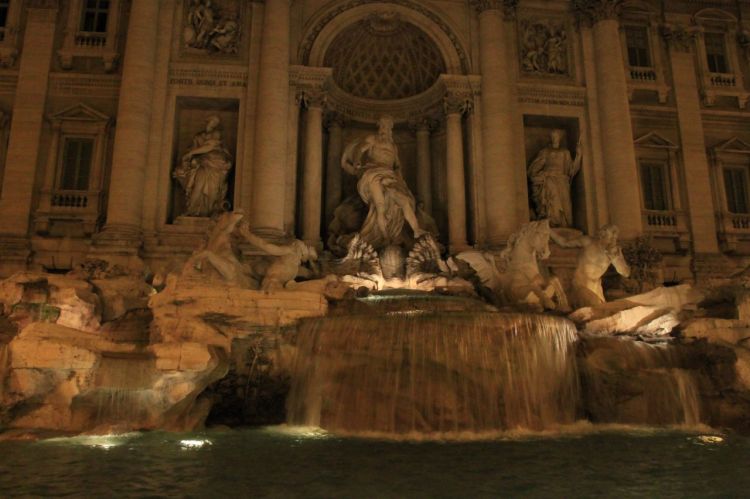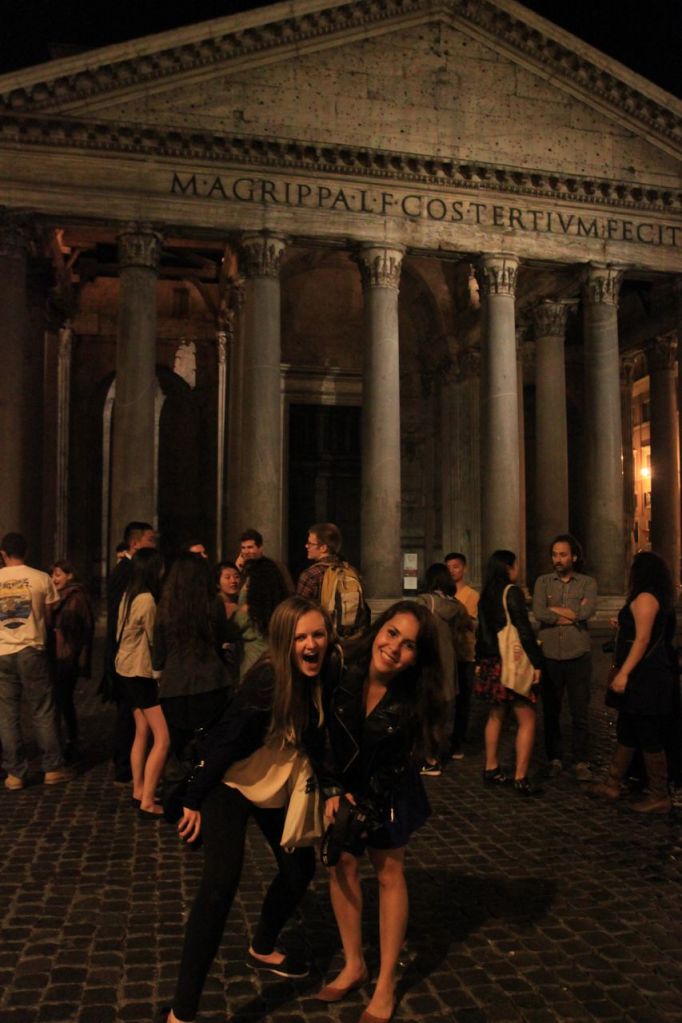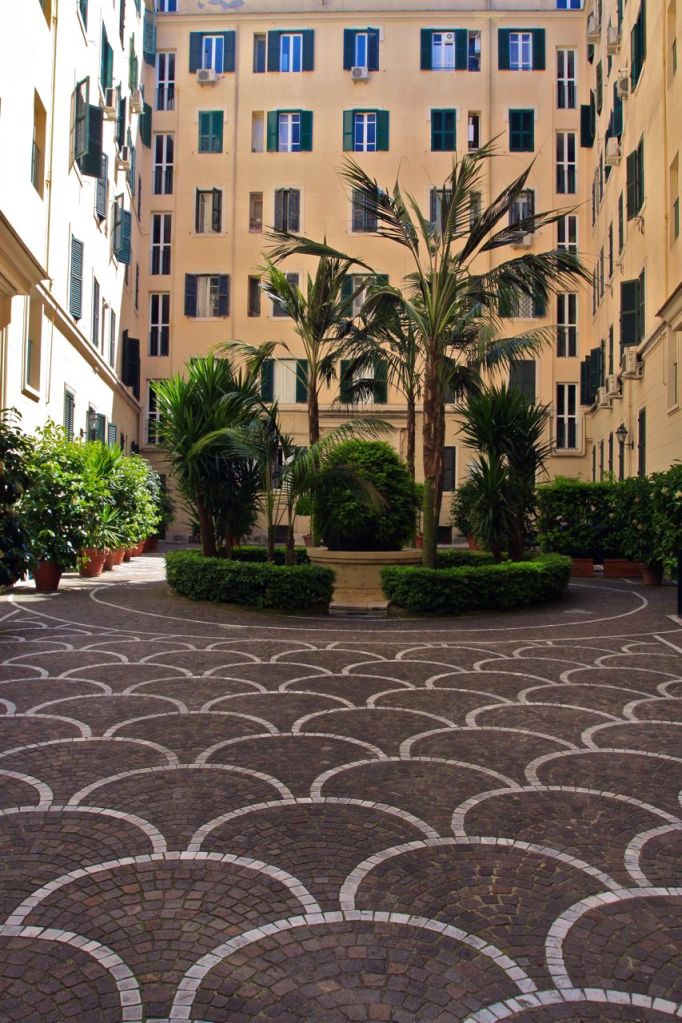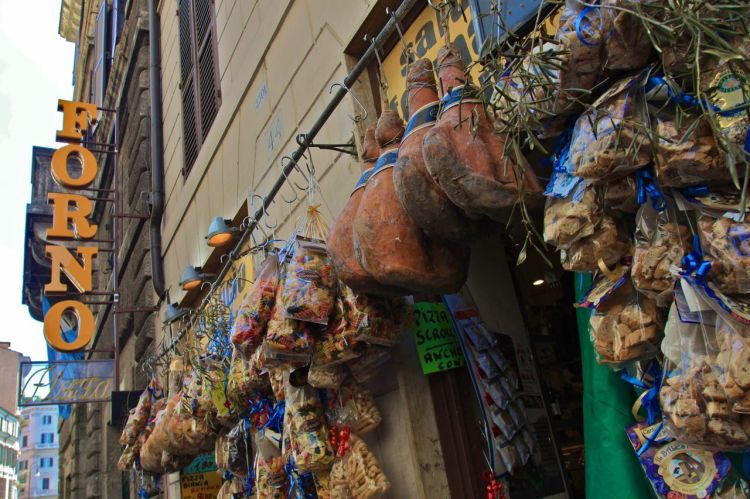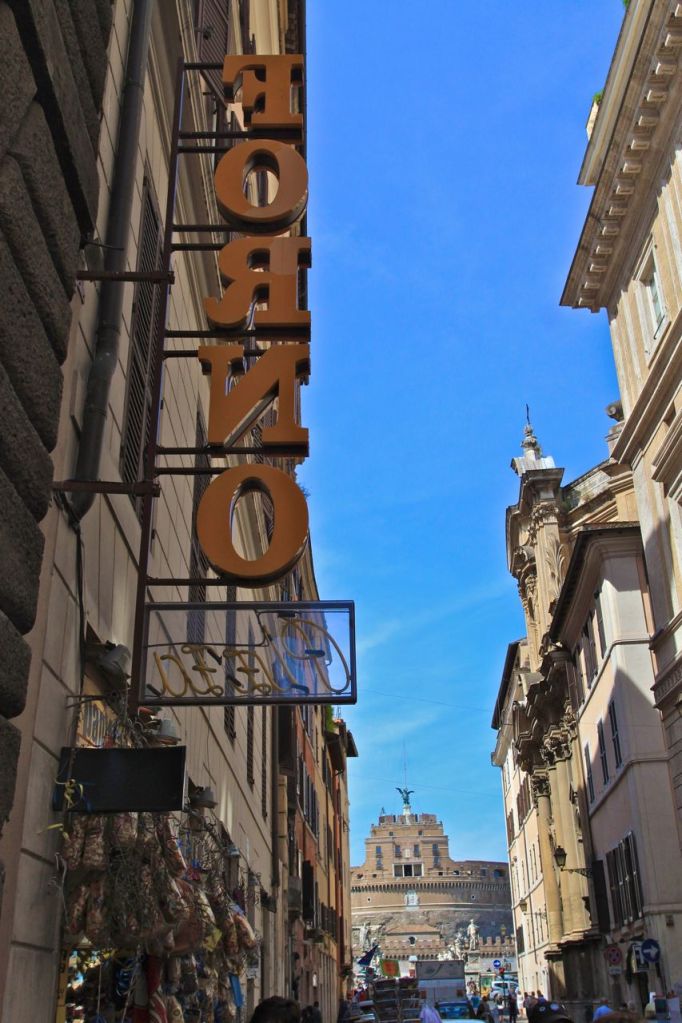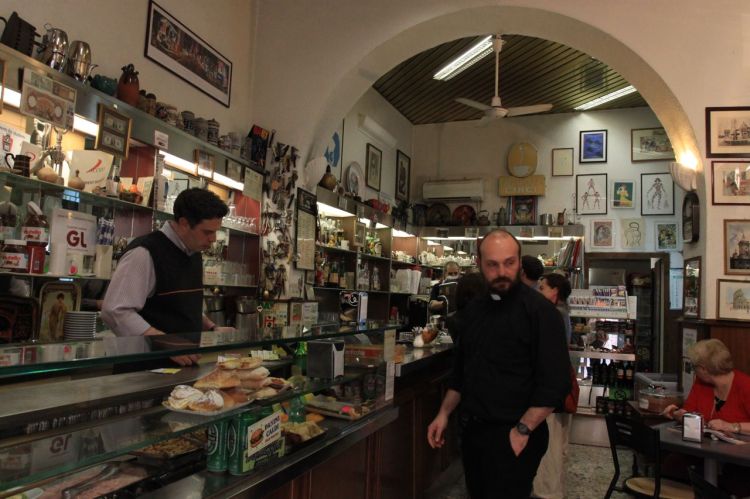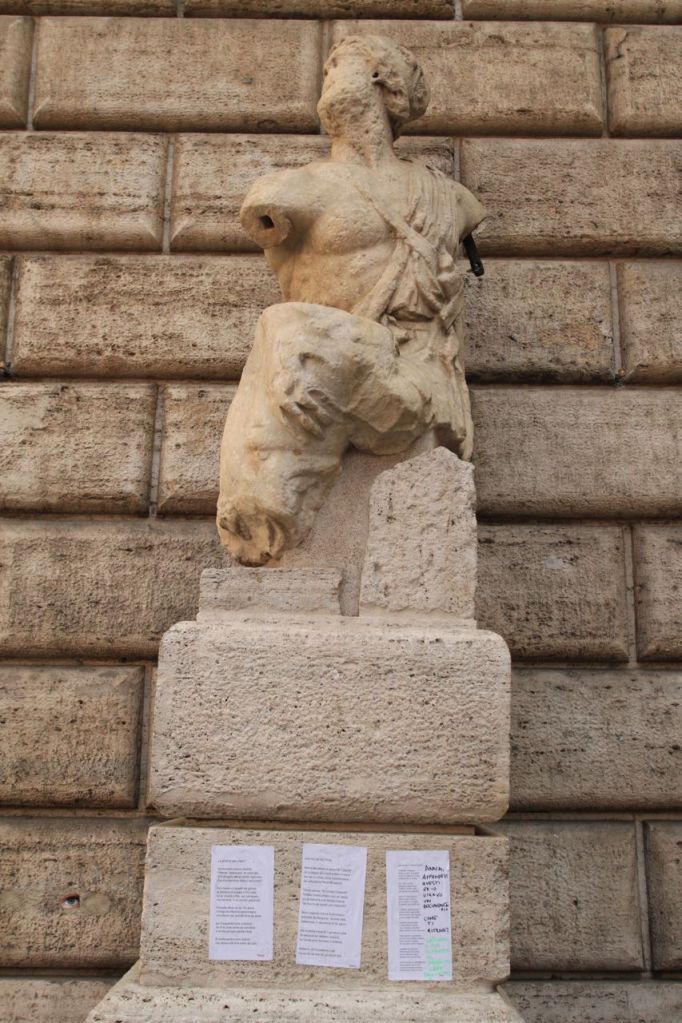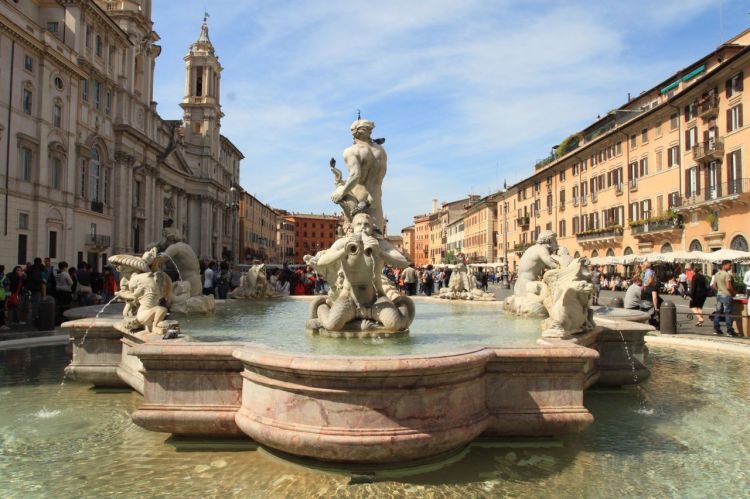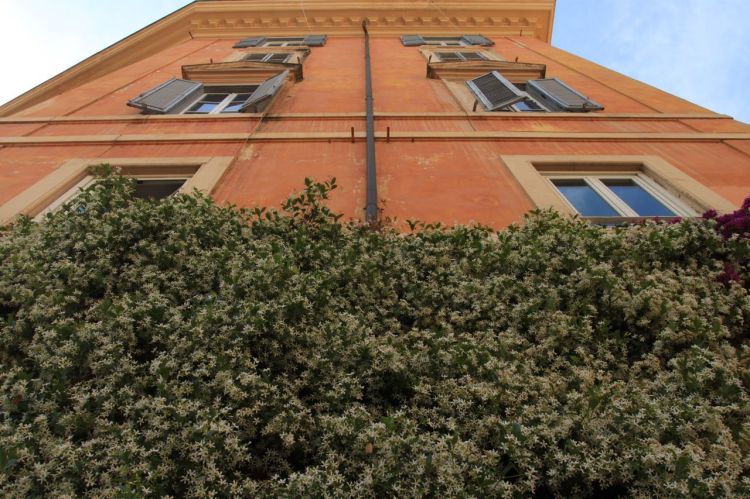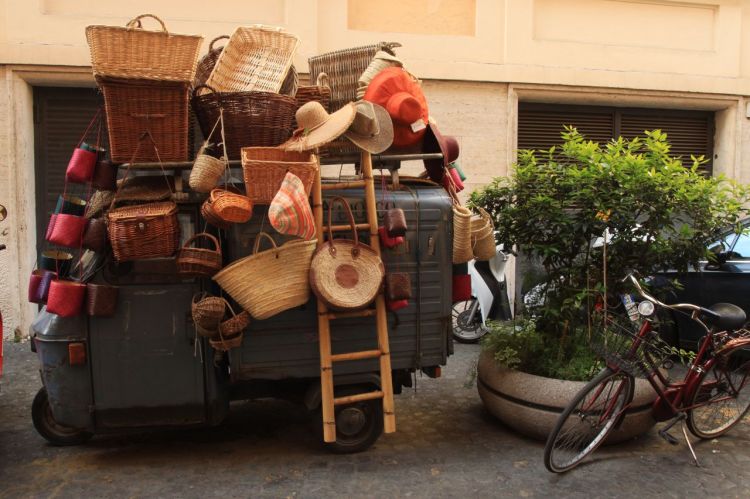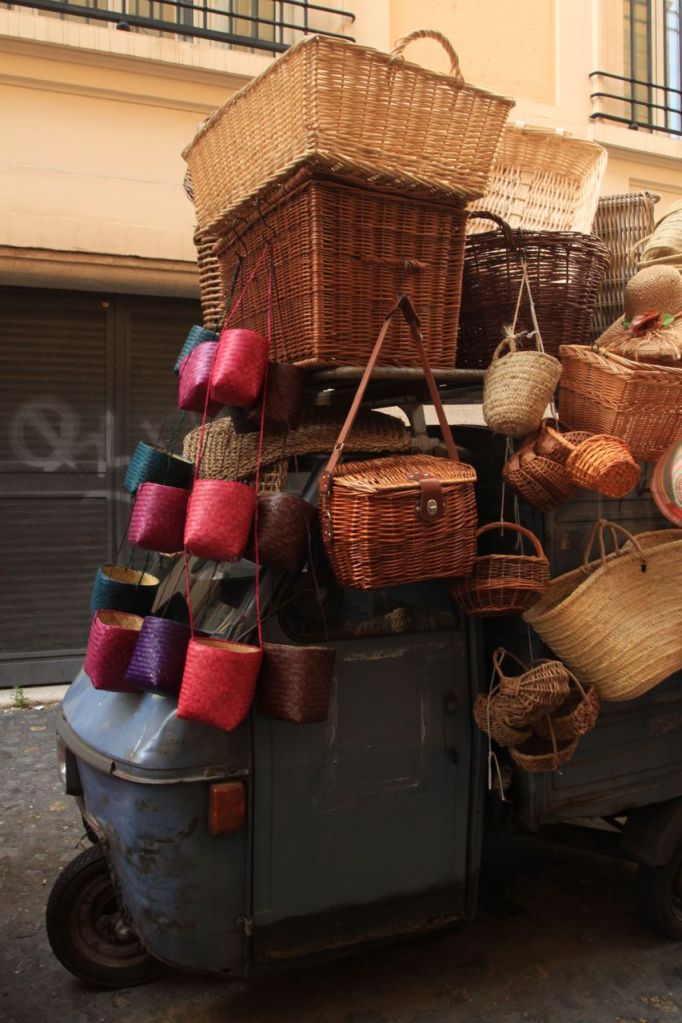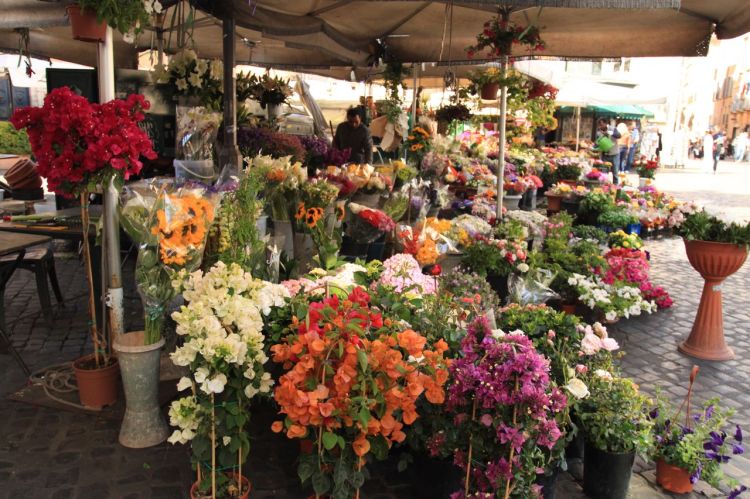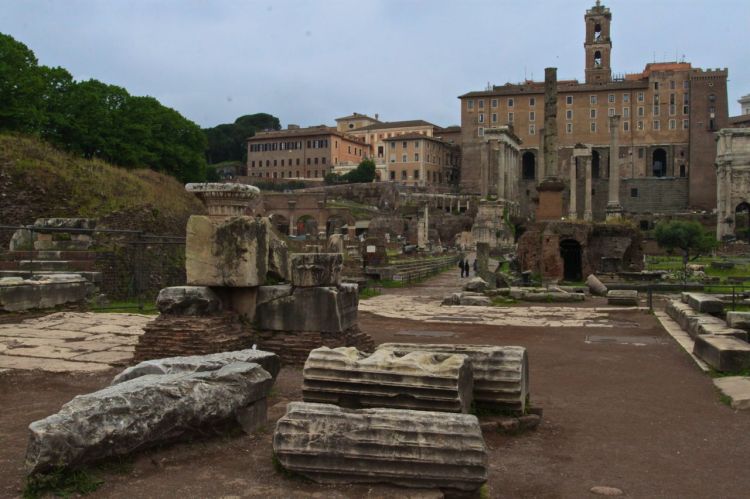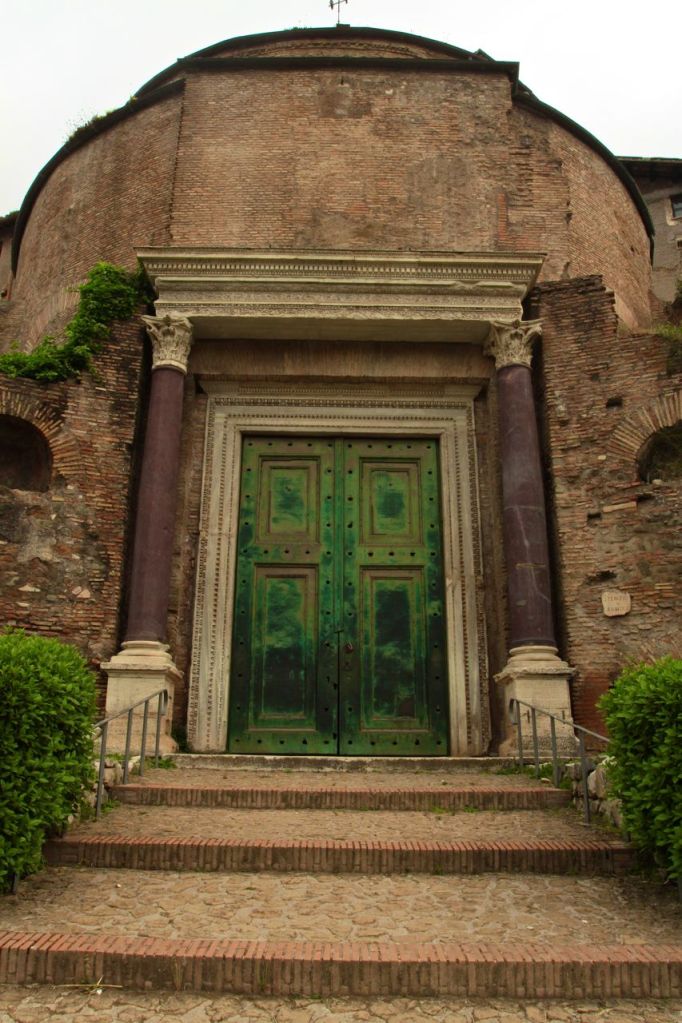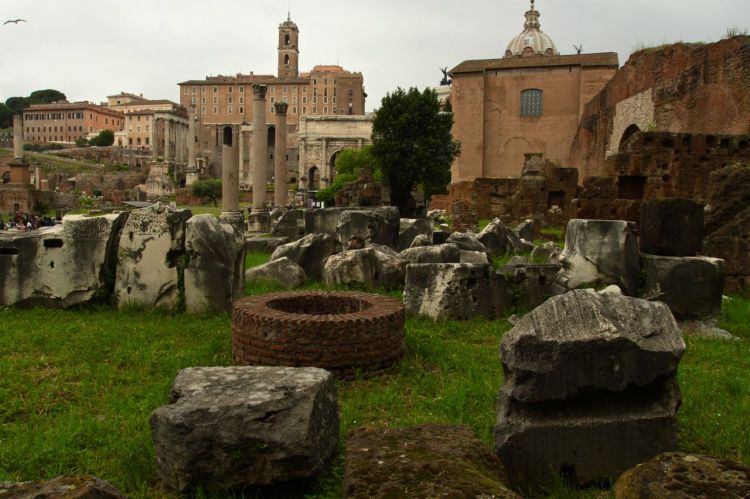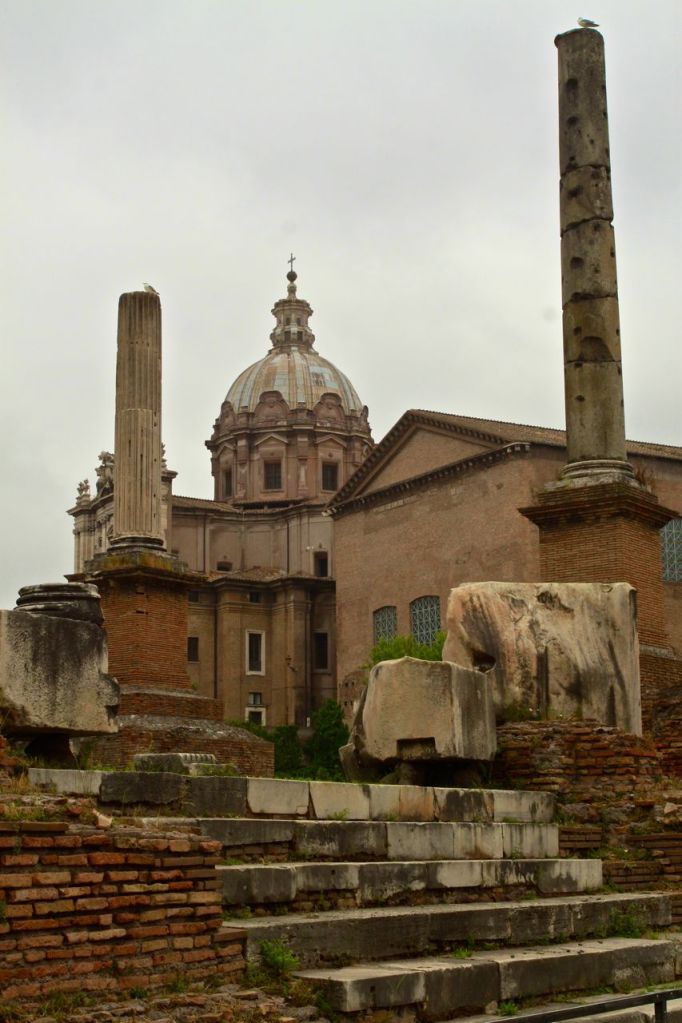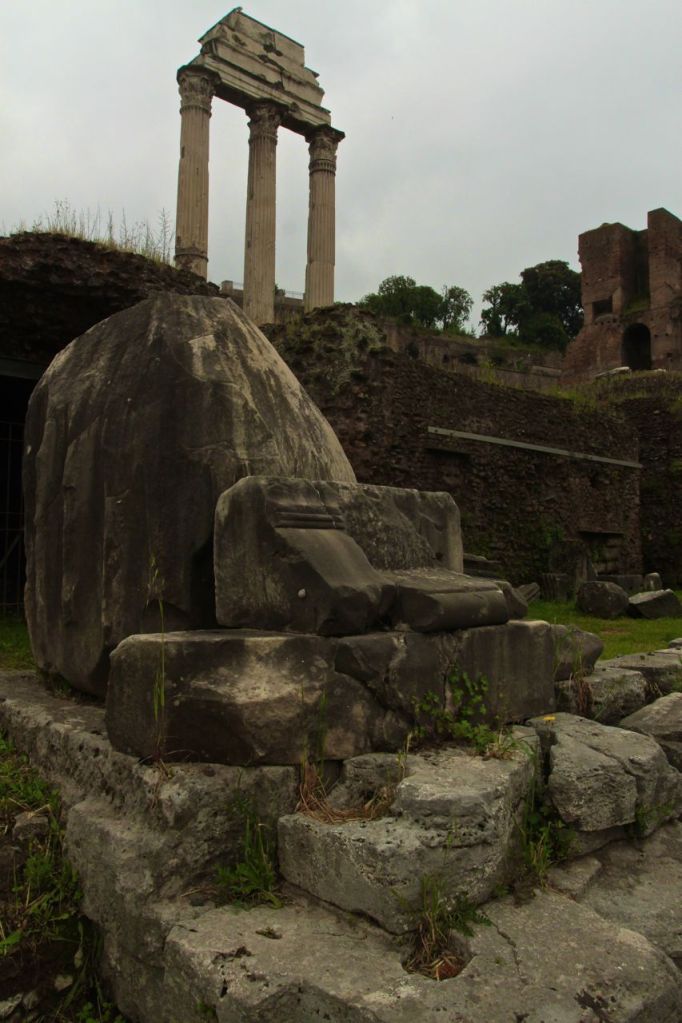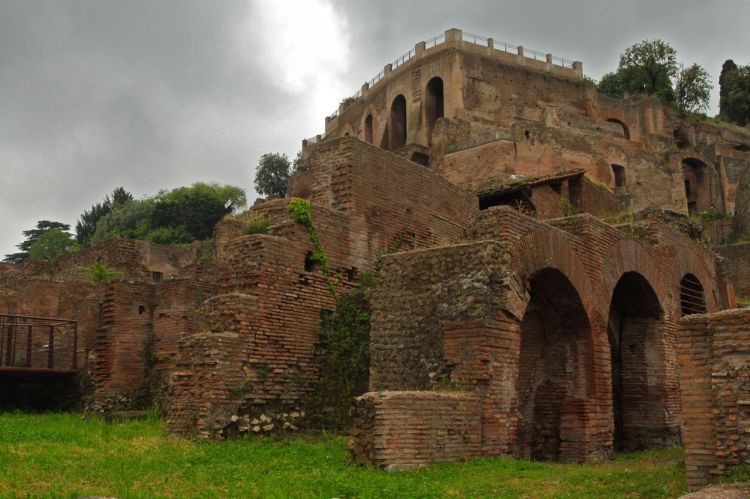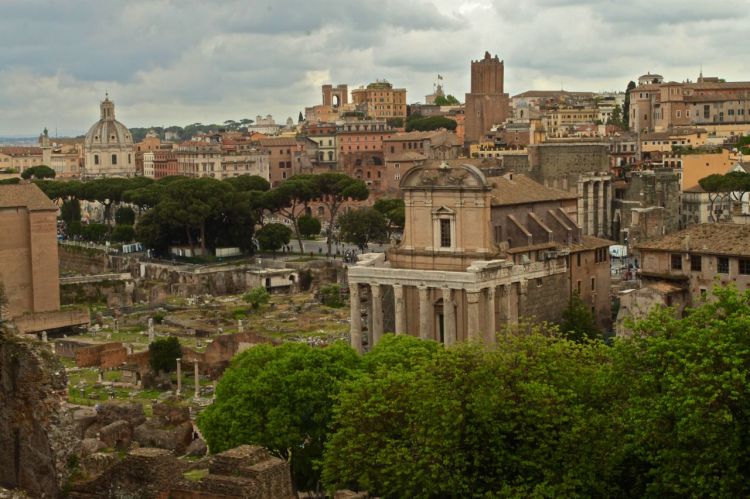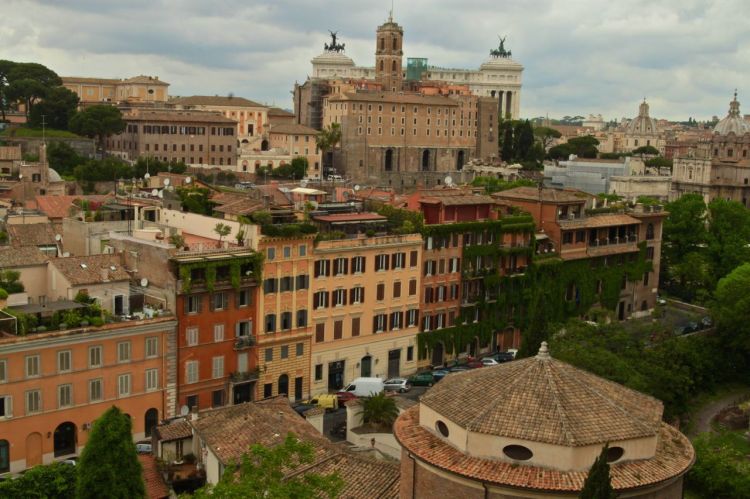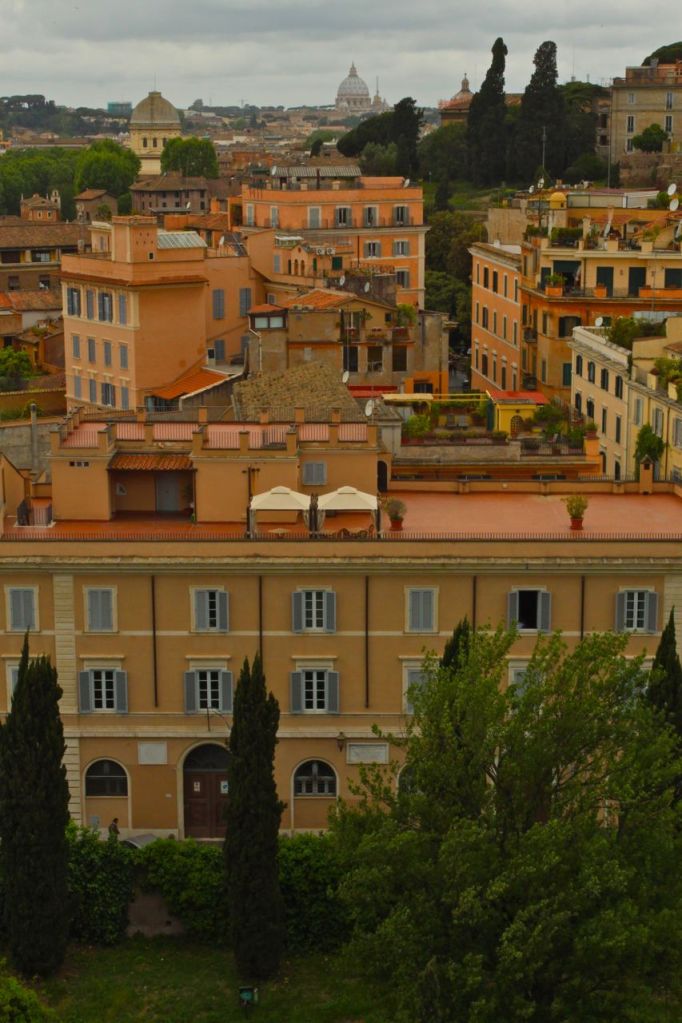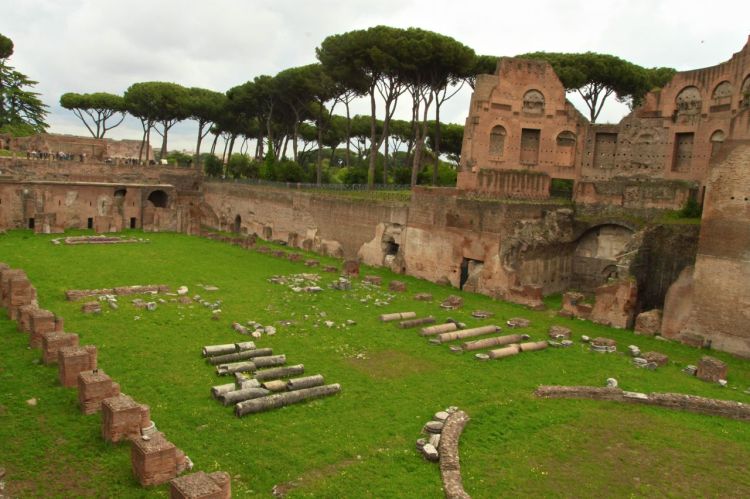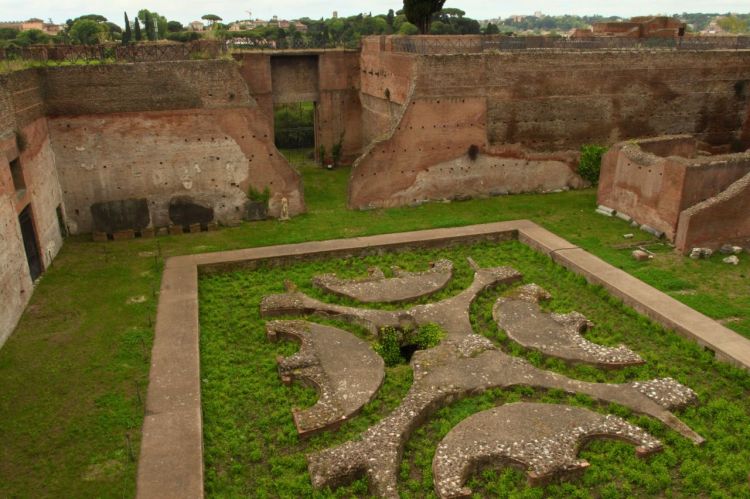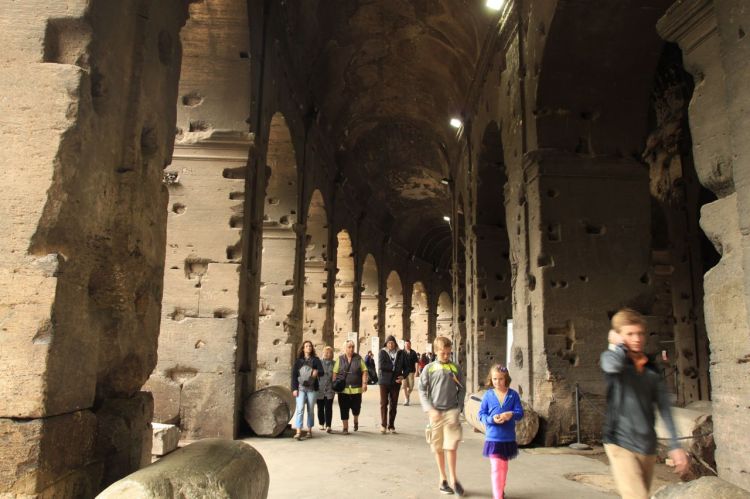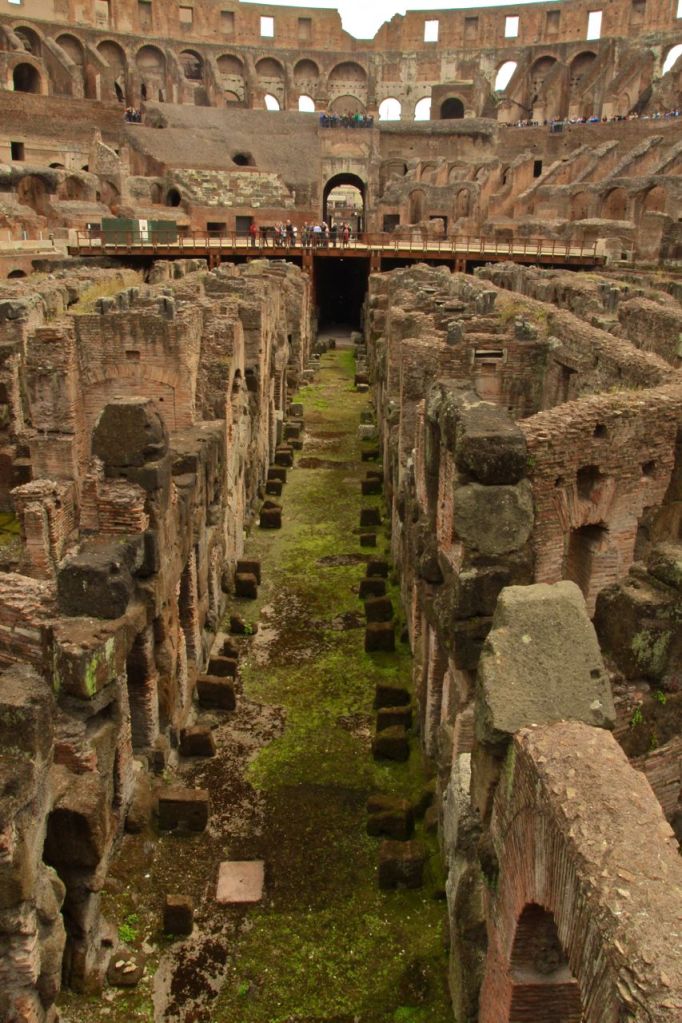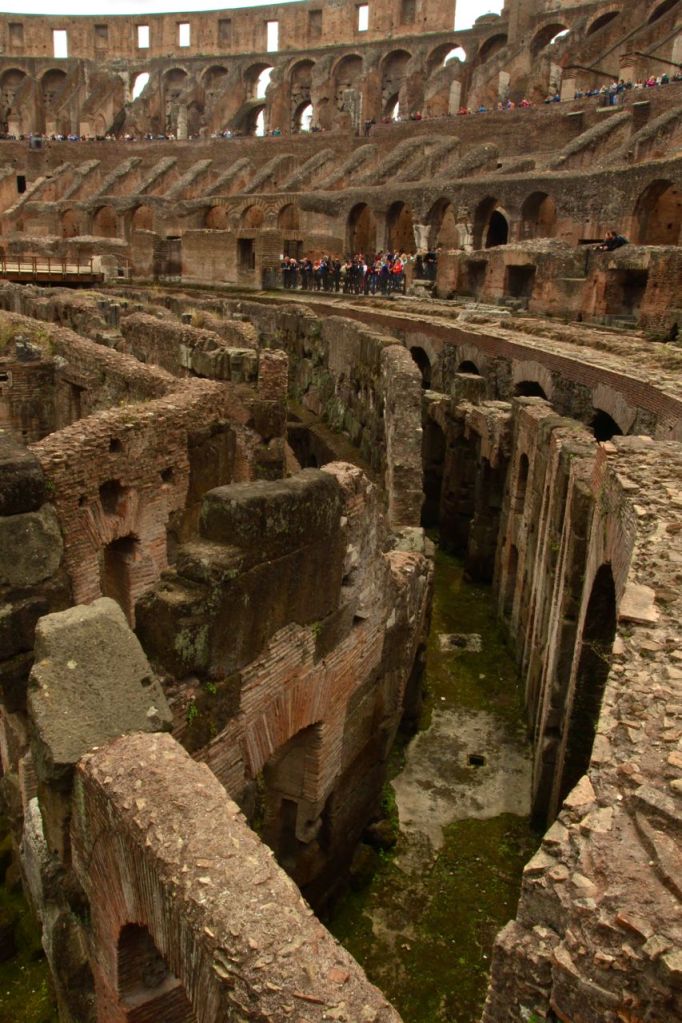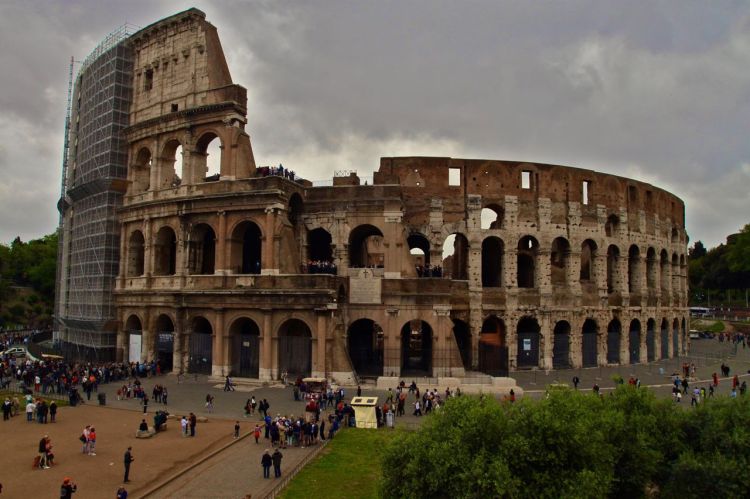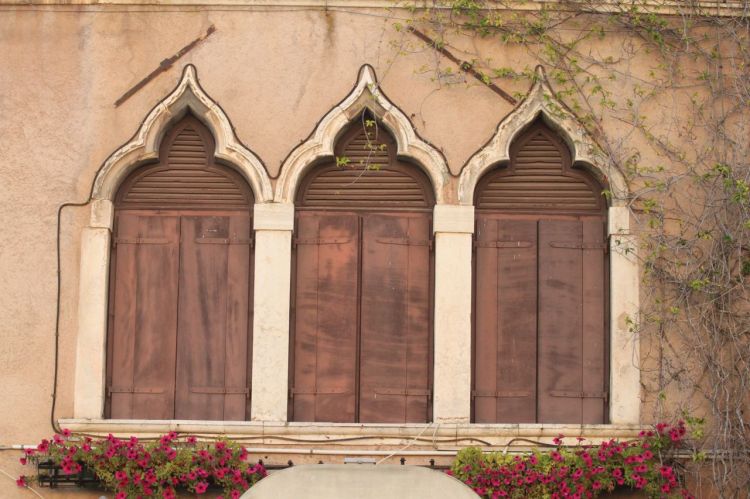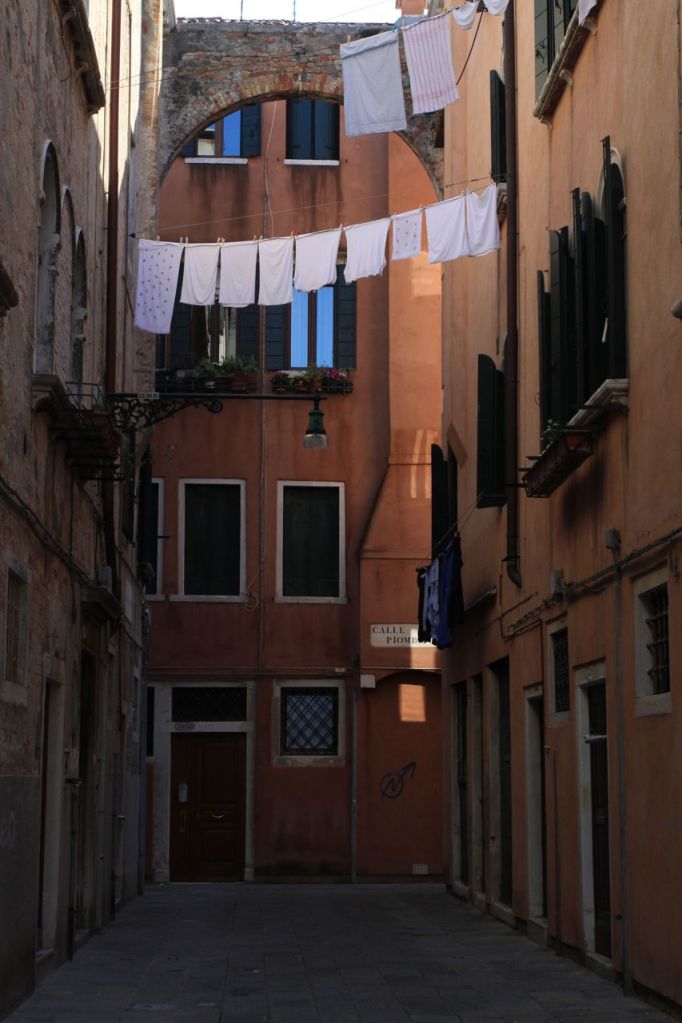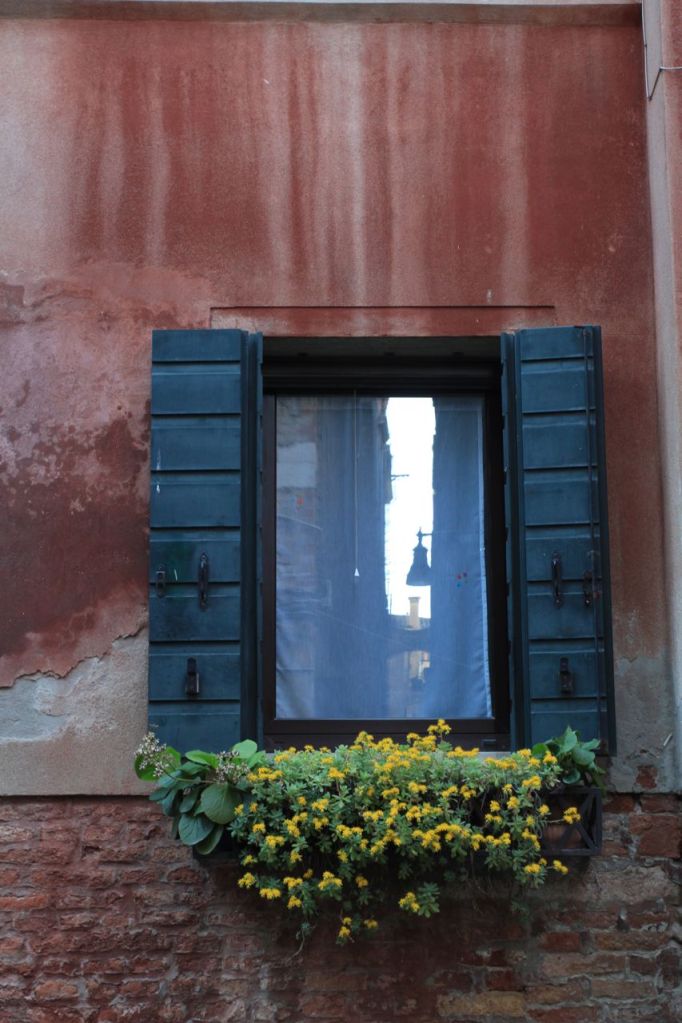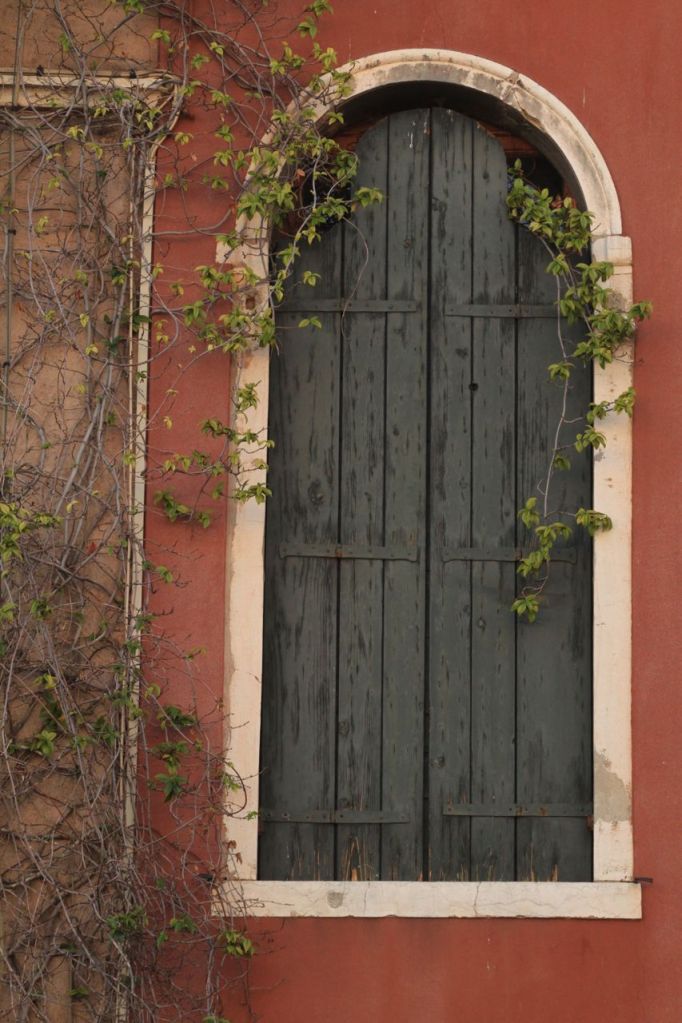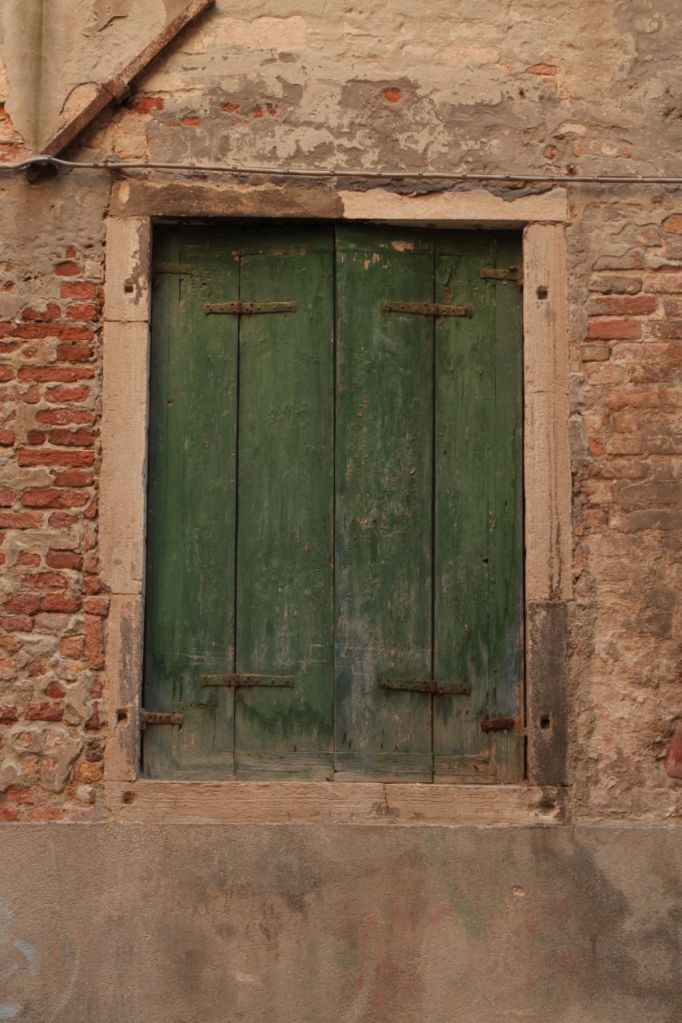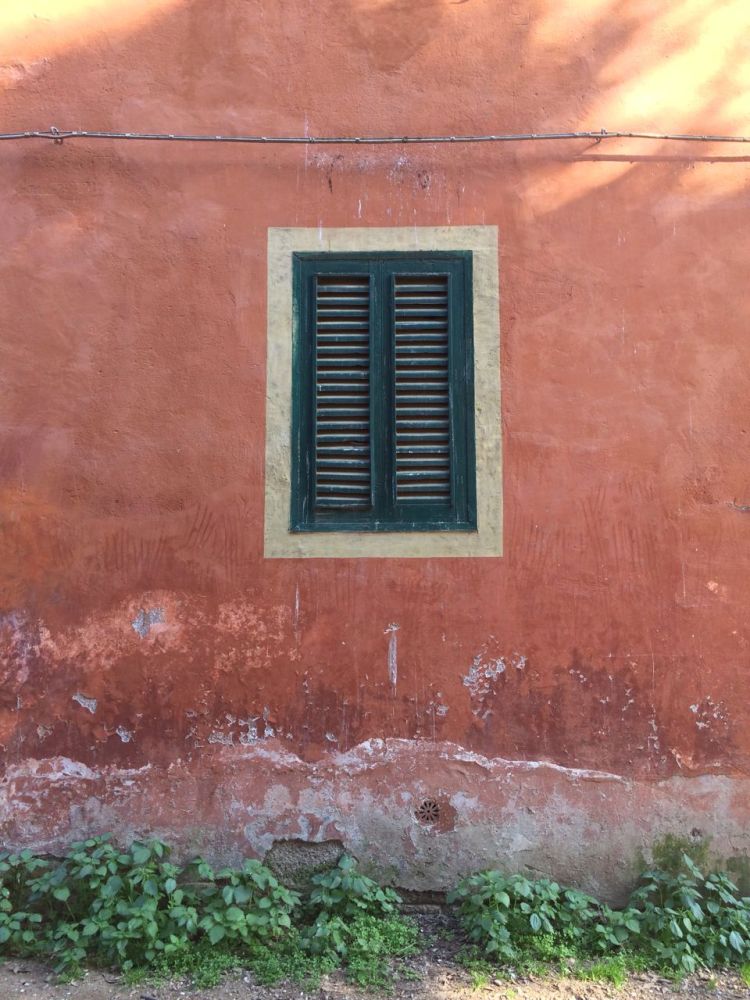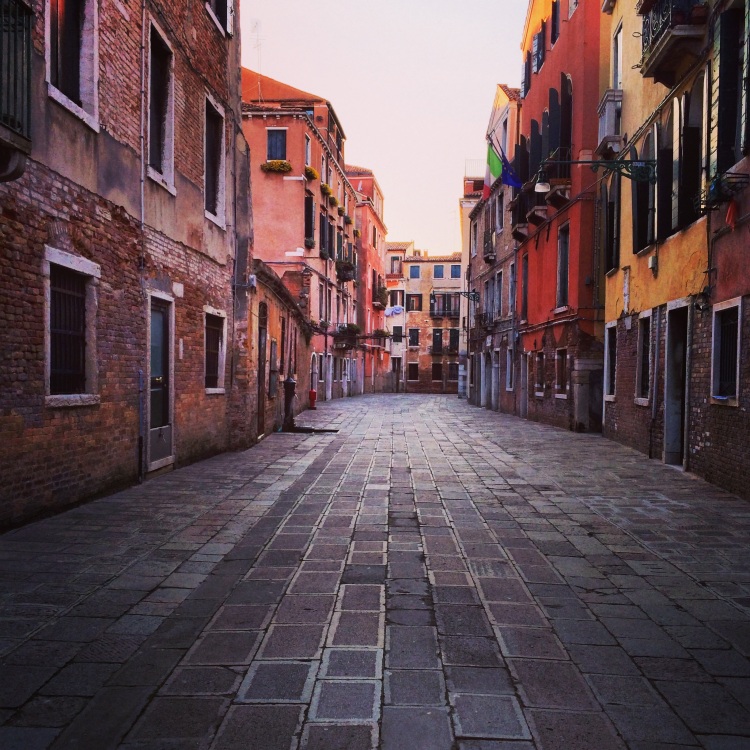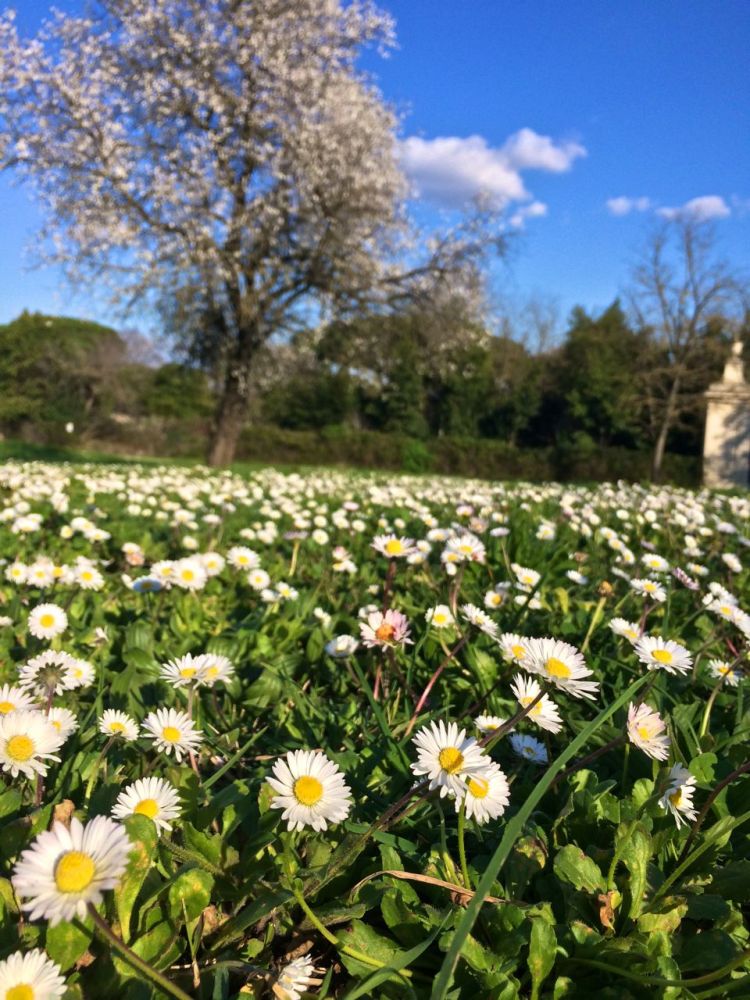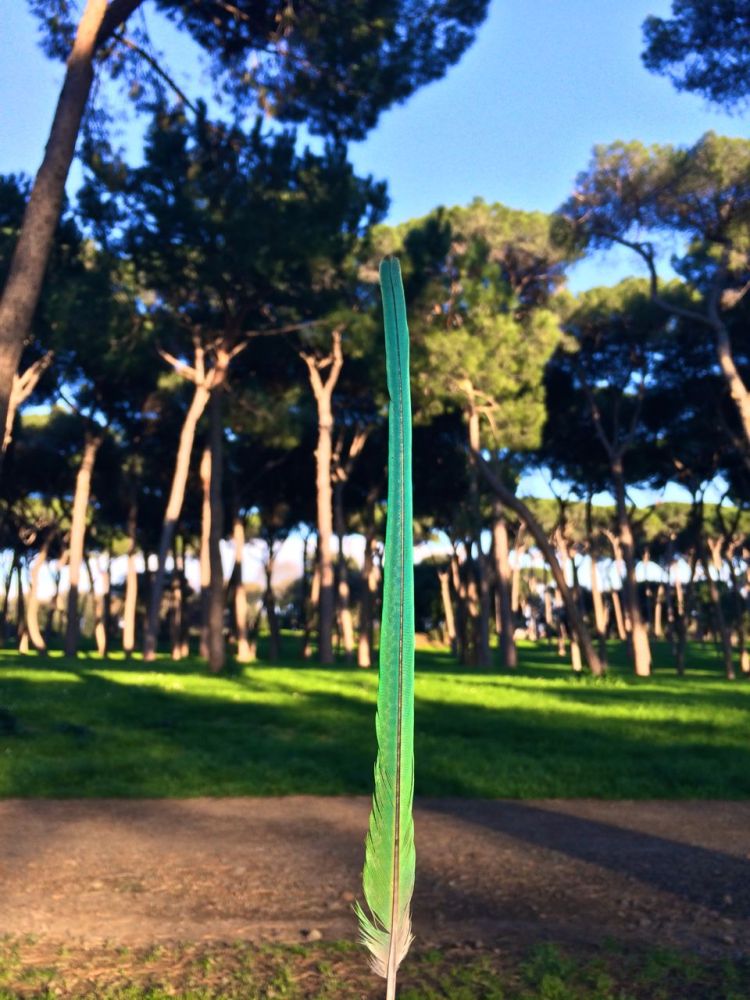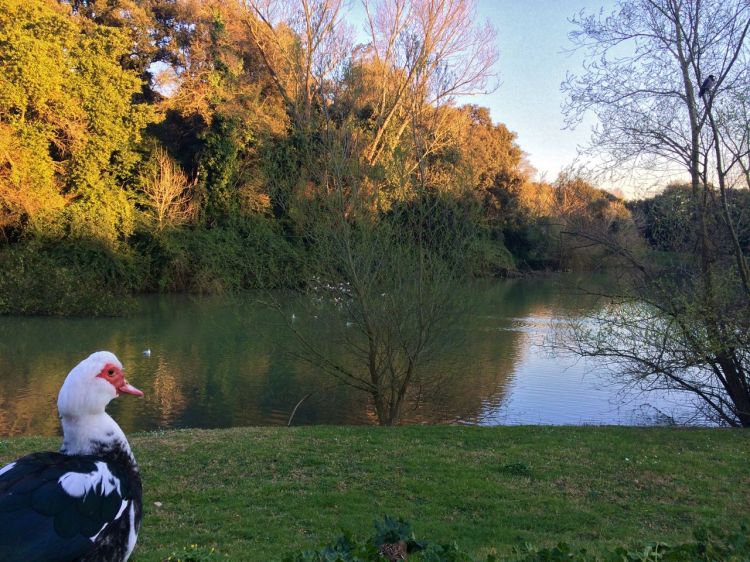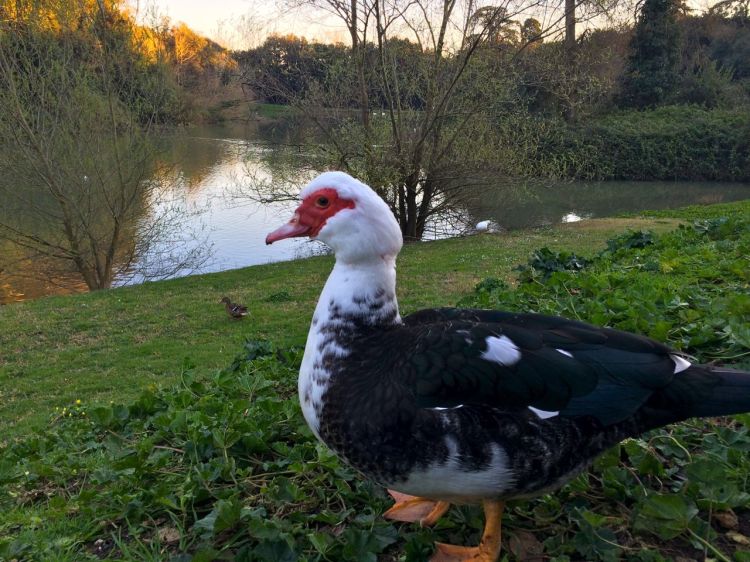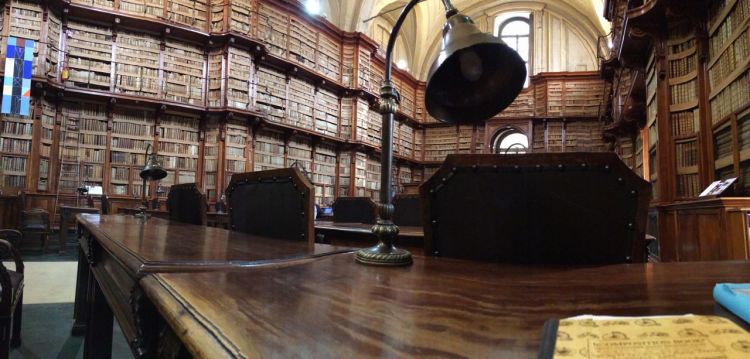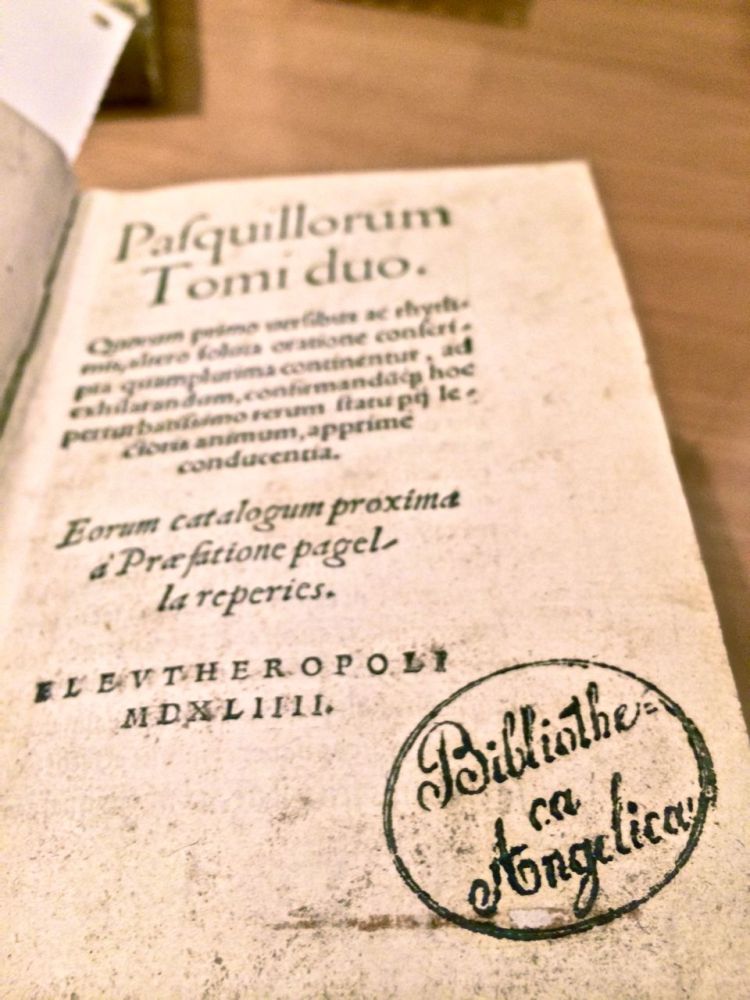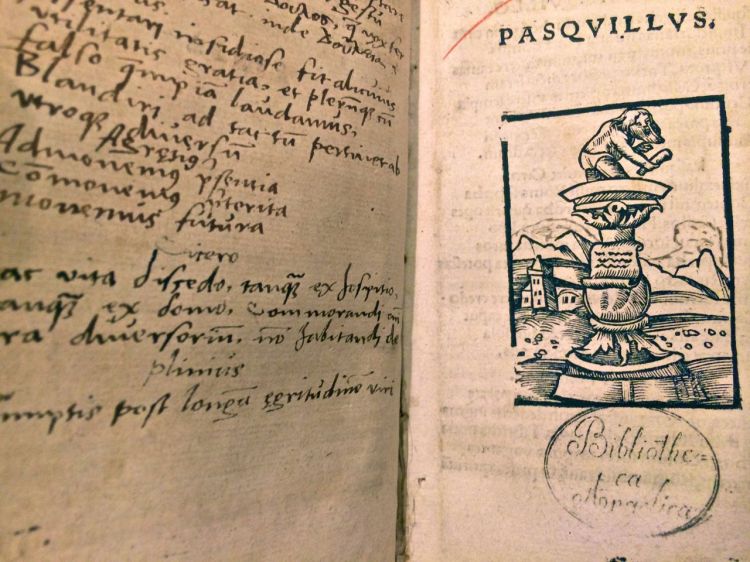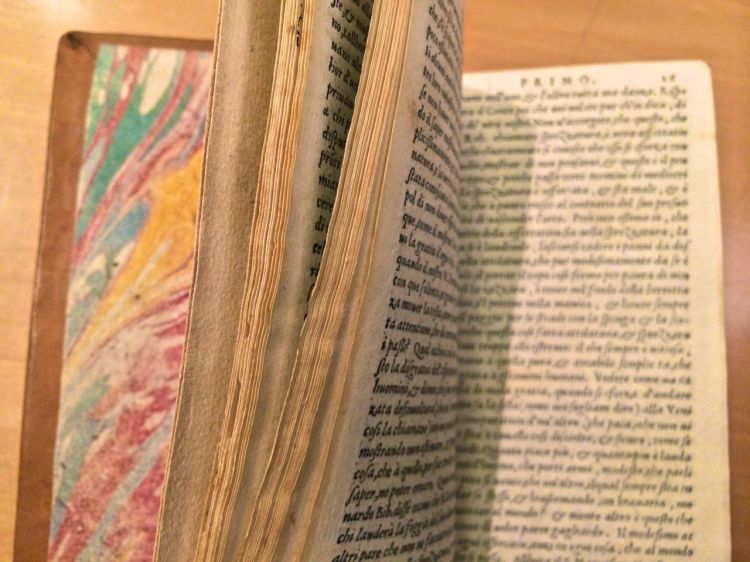Travel is the one unanimously ubiquitous aspect of studying abroad. Traversing the globe, moving from one place to another, culture upon culture every moment that isn’t filled with study, homework and school. It seems a frivolous thing, to leave Rome just when we are only beginning to know and understand, to leave every weekend to go see another place when we know so little about our new home. While often times that is the case, a trip is just a frivolous vacation to another part of the world, or maybe to see a place or something you always dreamed of seeing. However, one thing that isn’t often talked about is the enhancing and enriching aspect of the extra travel study abroad students do. I don’t know about everyone, but for me traveling on the weekends, seeing something outside of Rome every week or every other week has become one of the most important parts of my study abroad experience not because it is simply amazingly fun, (which it is) but because it helps me better understand and put into perspective his place I have come to called home in reference to the worlds that go on all around it. No city stands alone, it is shaped by the many multifaceted worlds that revolve either around it or in the near vicinity of it. Even if a place is far away, or seems to have no actual connection to Rome, the way these towns or cities function helps me better understand through contrast and comparison between my new home and these different places I see. Studying abroad isn’t about living on a island without outer influence besides your new place of residence, it is the complete opposite. It is the experience of grabbing onto every single amazing moment or opportunity that comes your way to better understand the world and the people who inhabit it.
I suppose all of this is to say simply, I went on a day trip this weekend.
I started the day off the right way, the right way meaning I fell while on the metro into a group on nuns who were none to pleased. (No pun intended) this occurred on my way to the train station in Rome where Natalie and I were to take a regional train to the town of Orvieto.
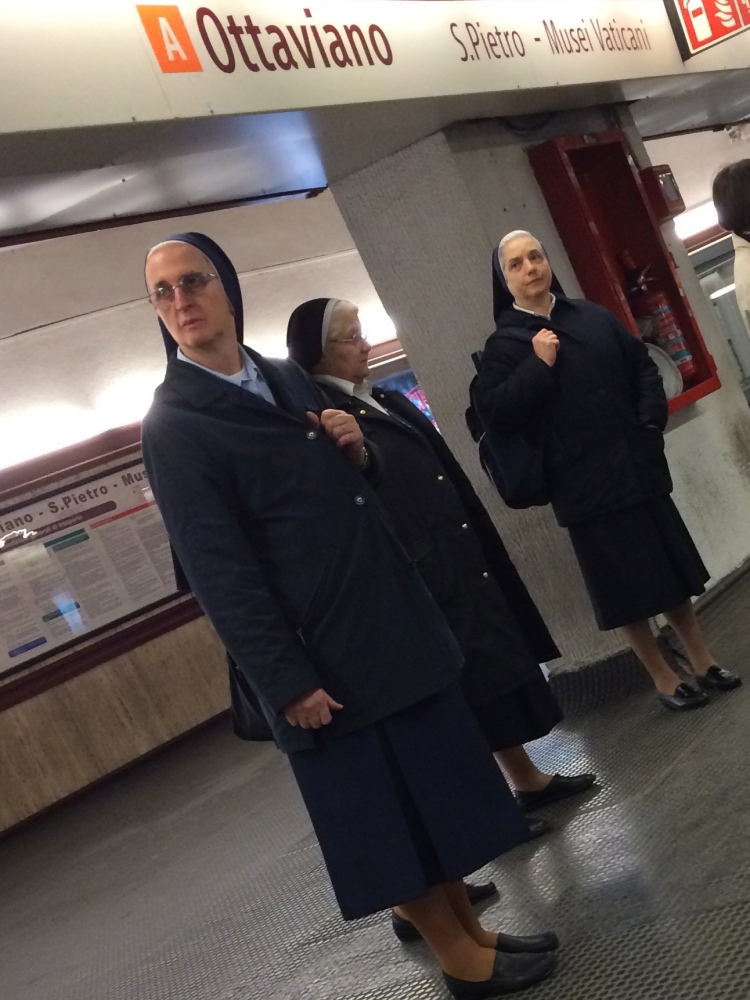
The train ride was swift and over relatively quickly after passing through field after field full of sheep and many rolling hills speckled with little Italian towns. We sat next to some students from the American school, John Cabot who we listened to have the strangest conversations about America.
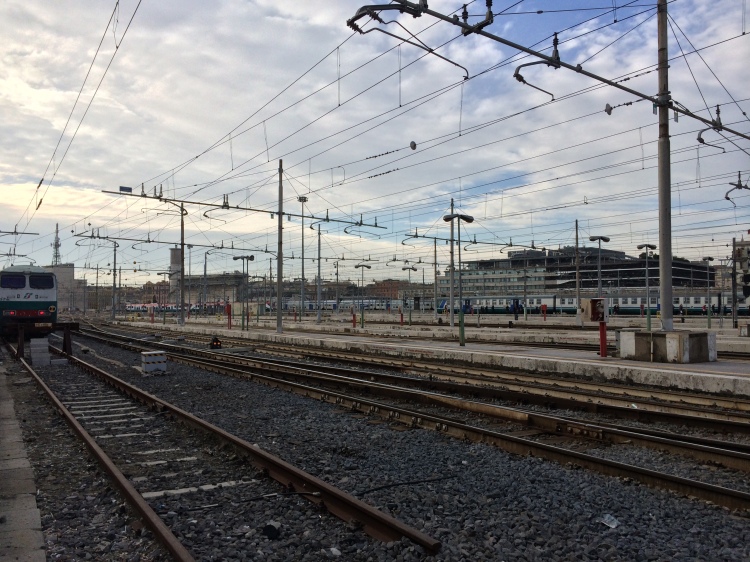
We arrived in the train station and immediately exited the station at the bottom of the hill we needed to surmount to reach the hilltop town of Orvieto. To do so we needed to ride the funicular, funny little cable car of sorts that quickly rose up the side of the mountain through rocky cliff face and hillside vineyards.
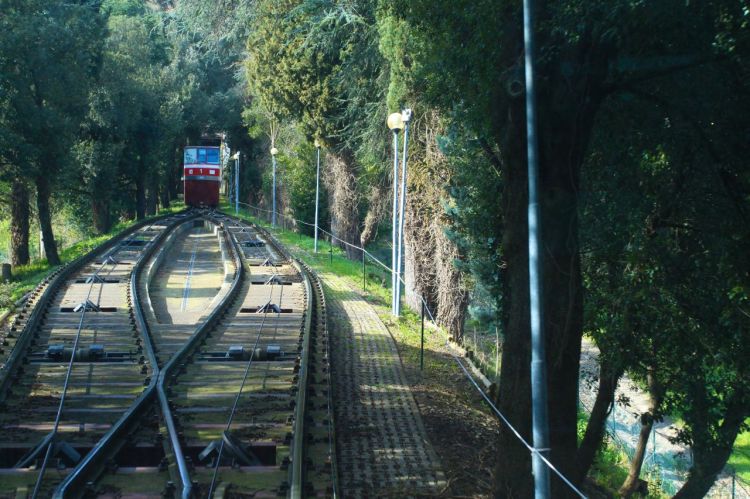
We hopped out of the crowded funicular and immediately began exploring seeing as we only had the day to see all we wanted to which was a surprising amount of things for how small the town was. We started with the hilltop view. Around the corner from the funicular was a communal garden area with medieval walls that provide an incredible view over the Umbrian countryside and the surrounding little Italian towns far below the hilltop.
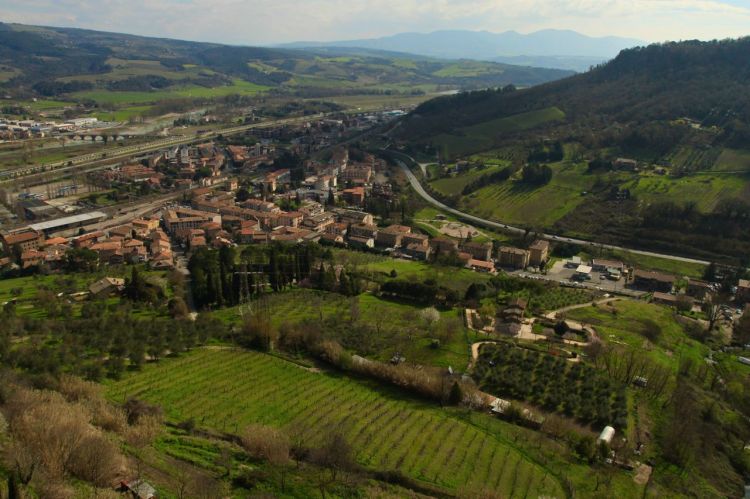
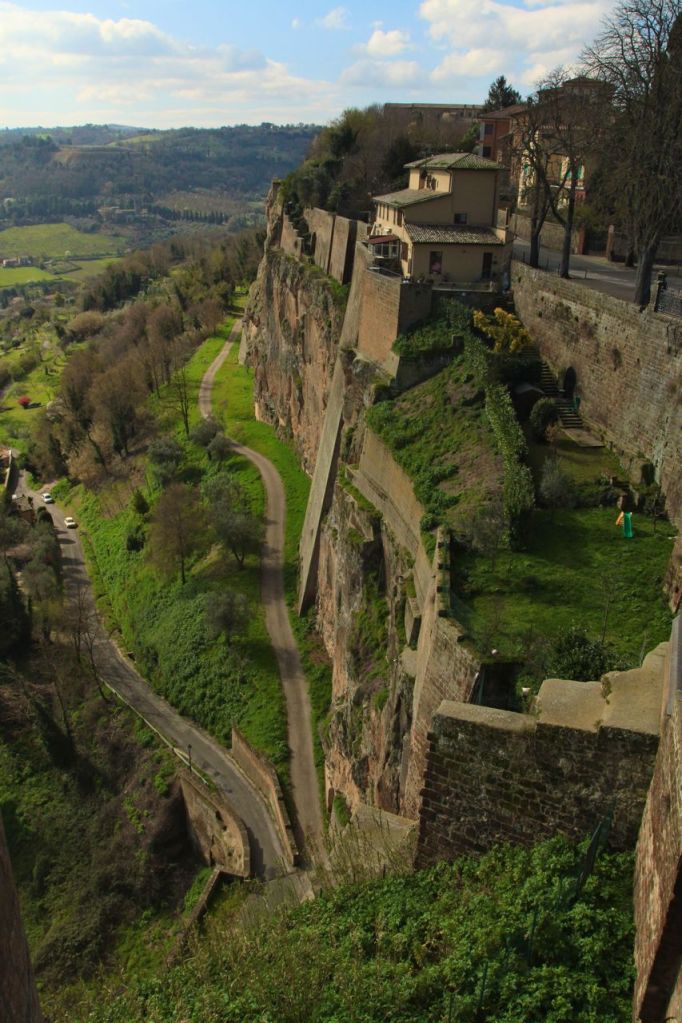
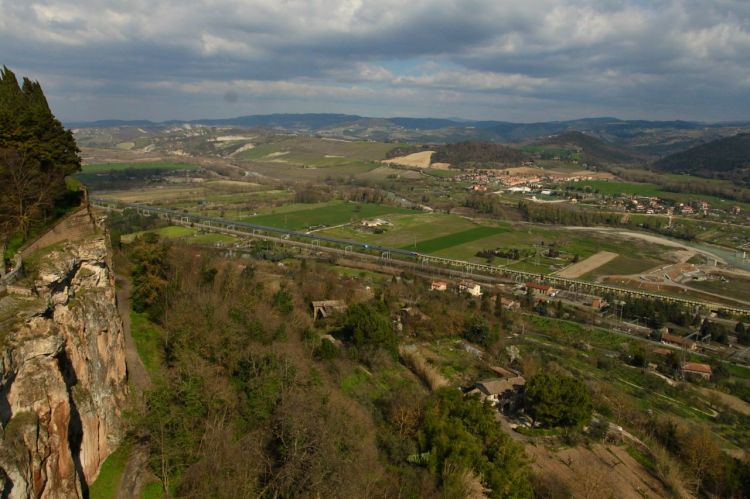
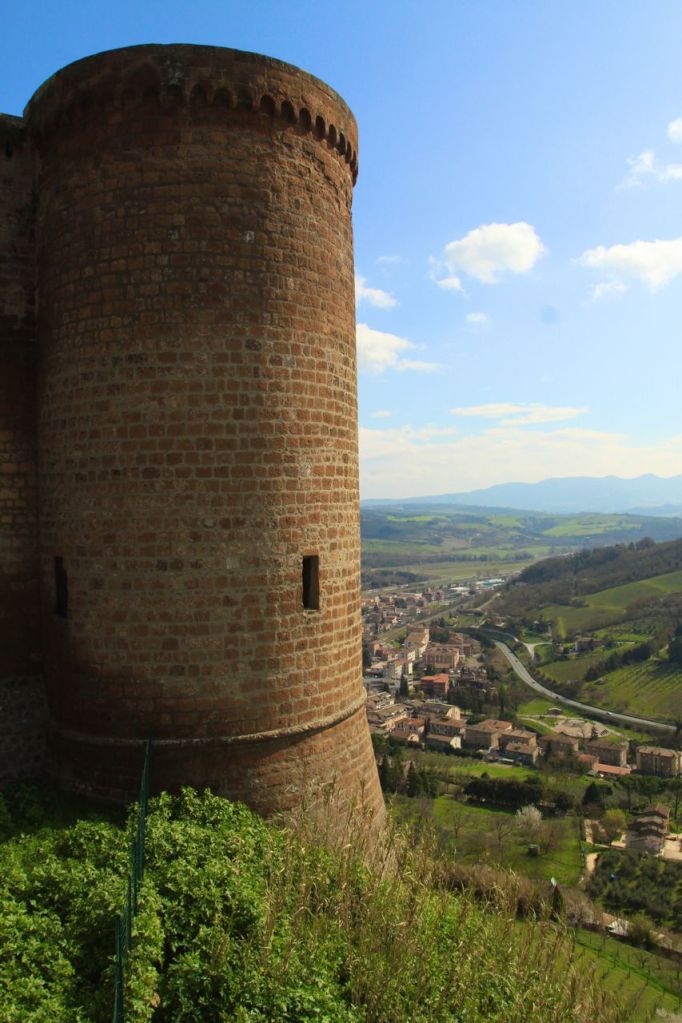
After enjoying the sunny little garden and the views it so graciously supplied, we began to make our way into the city, generally heading towards the Duomo were we would really begin the day. Entering the winding alley like streets of the town that early in the morning were very empty except for the few elderly Italian residents walking home from a fruit stand built into the wall of an old building.

Natalie and I wandered where our feet took us, seeing many a small adorable Italian car, mailboxes, and all else the city had to discover. We took our time letting our feet feel every cobblestone that fell underneath our wandering step.
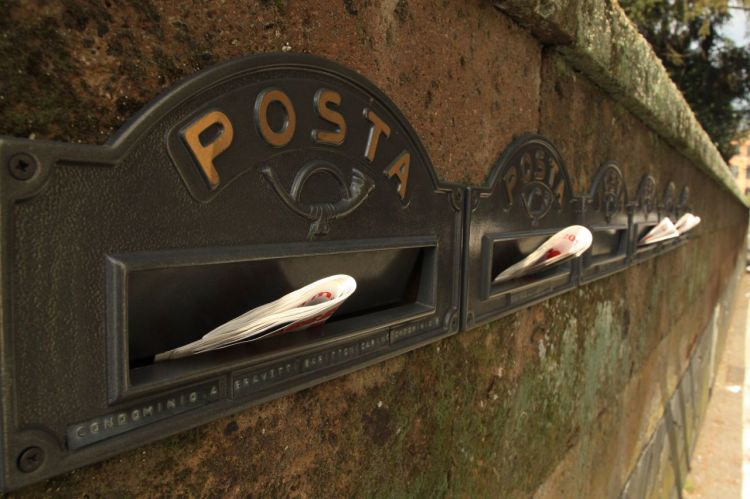
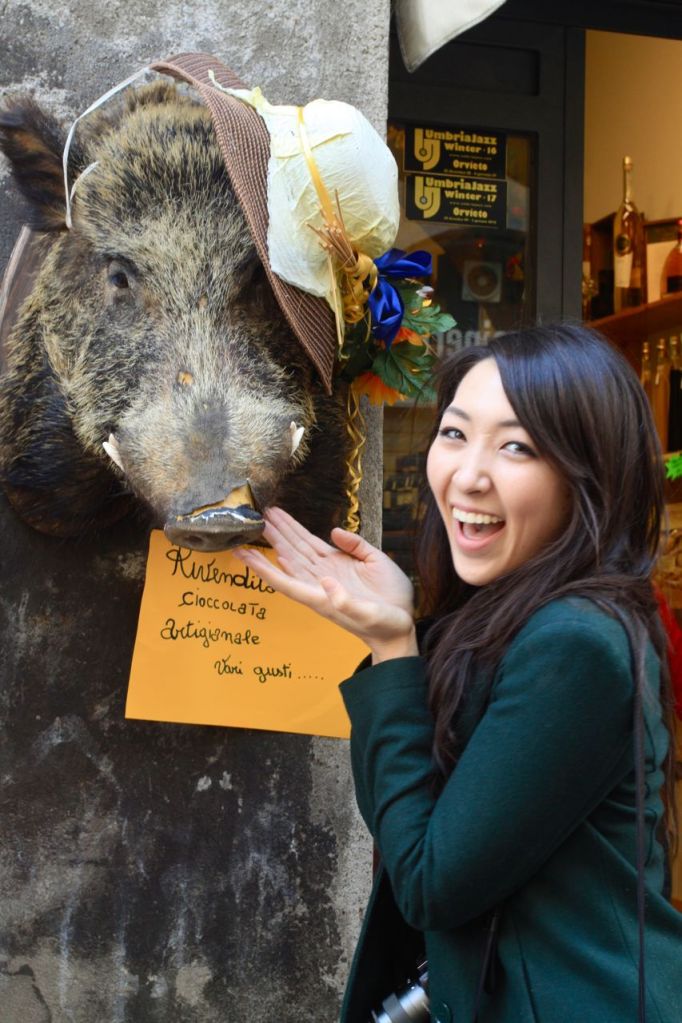
We took our next stop at a very friendly caffe called Caffe del Corso where we got our morning cappuccinos to give us the necessary caffeine push to get us through a long day of exploring.
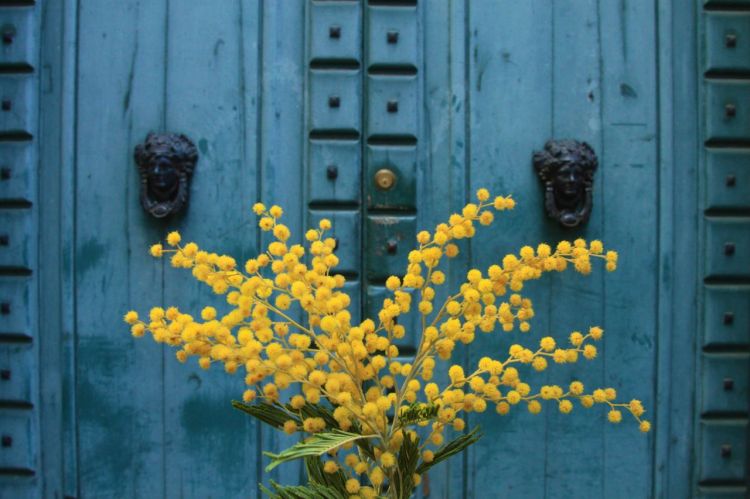
When thing we had been noticing was that from the moment I rolled out of bed, in the train station and in the town of Orvieto, everyone was either selling or carrying what I knew only as branches from a pollen tree. I was so confused as to why anyone would want to have these pollen sticks, which while colorfully beautiful were a horrible enemy of mine due to allergies. But everyone had them and I had no idea why. So when we finished our cappuccinos the very nice barista man gave both of us a little flower set of the pollen sticks as a gift. We were both really confused, but thanked him and left. Now we too were a part of the pollen carrying crowd with no idea why a man gave them to us. It was only later that we were informed that it was International Women’s Day and the plant was a mimosa plant that was given as a sign of appreciation for women.
So basic message: thanks for being a woman, here is a pollen stick. Go crazy.
But really it was pretty, and felt festive and fun to carry them around and we did appreciate the gift. It was fun seeing everyone carrying them, there was so much yellow in the city that day!
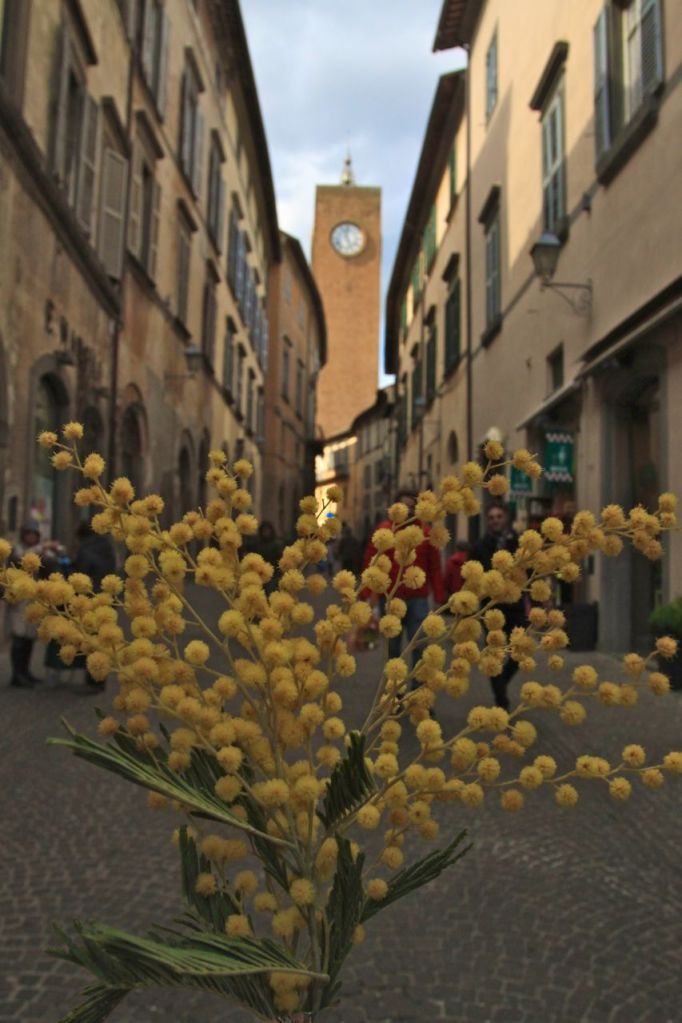
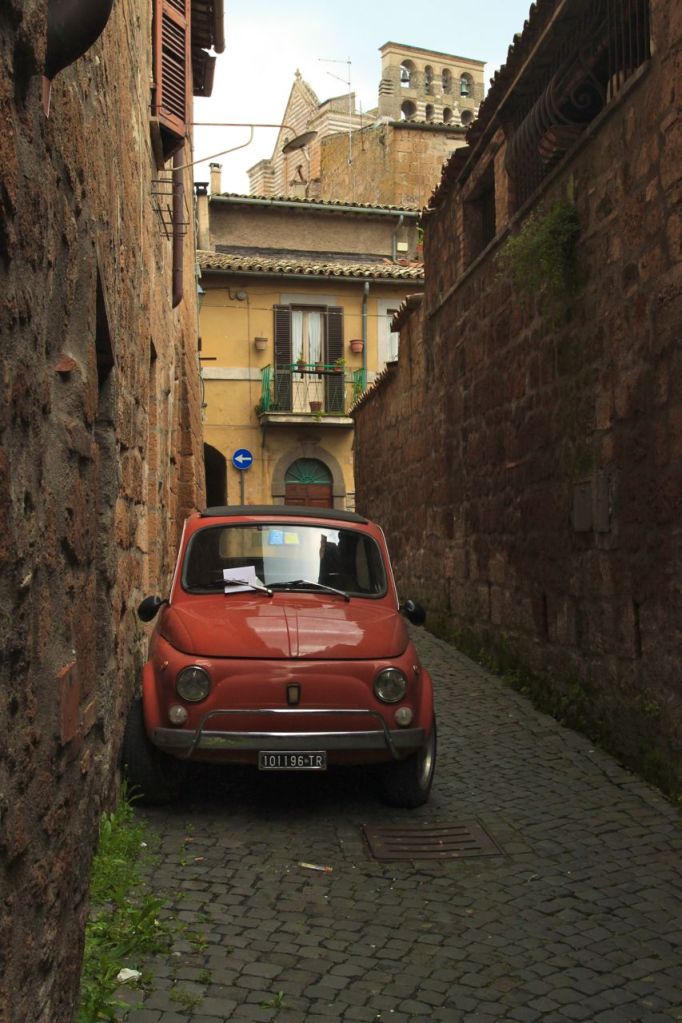
With our mimosa in hand we kept wandering on our way when we finally founded a corner and there right in front of us was the huge Duomo. I was so surprised, seeing as how small the town was I thought the Duomo would be pretty average, but it was huge and looked very similar to the Duomo in Siena. It was grand and very impressively standing high above all the other buildings.
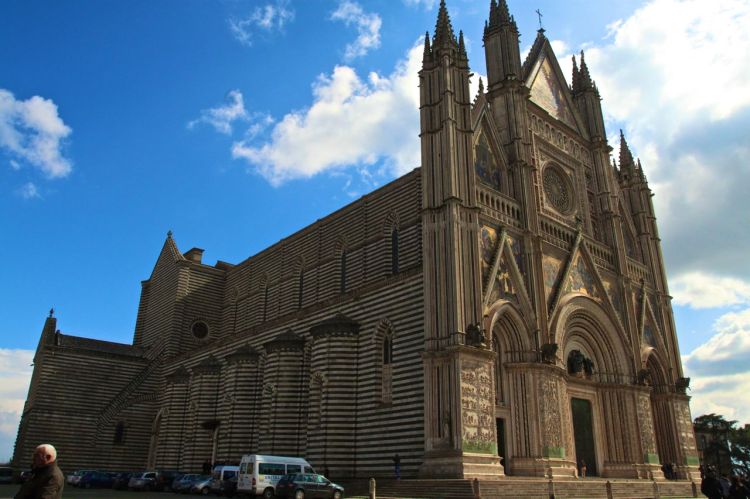
But we would visit the Duomo later, right then we were going to buy our Carta Unica which got us into almost everything there was to do in the town for just 15 euros. We bought them and were told a tour of the underground Orvieto was in a little less than an hour. With that in mind, we decide to grab a quick bite before the tour. We walked all over finally deciding to buy a bottle of wine and get panini con porchetta, seeing as Orvieto is known both for its wine and it’s meat and cheese. So sitting in front of the Duomo we ate our pork sandwiches and shared a bottle of white wine, taking in the food and the amazing view.
So let me explain a few things. The town of Orvieto is very small, just a hilltop full of windy streets and tiled roof homes to some very interesting things to see. The town is medieval and since there is not much space on top of the hill the ancient town of Orvieto went underground. This means that the houses people lived in were above ground, but the workshops, businesses and many other places used in everyday life in Orvieto where built down into the ground creating a whole subterranean section of the town that can still be visited today. So our tour was to exploring with a guide some of the underground Orvieto.
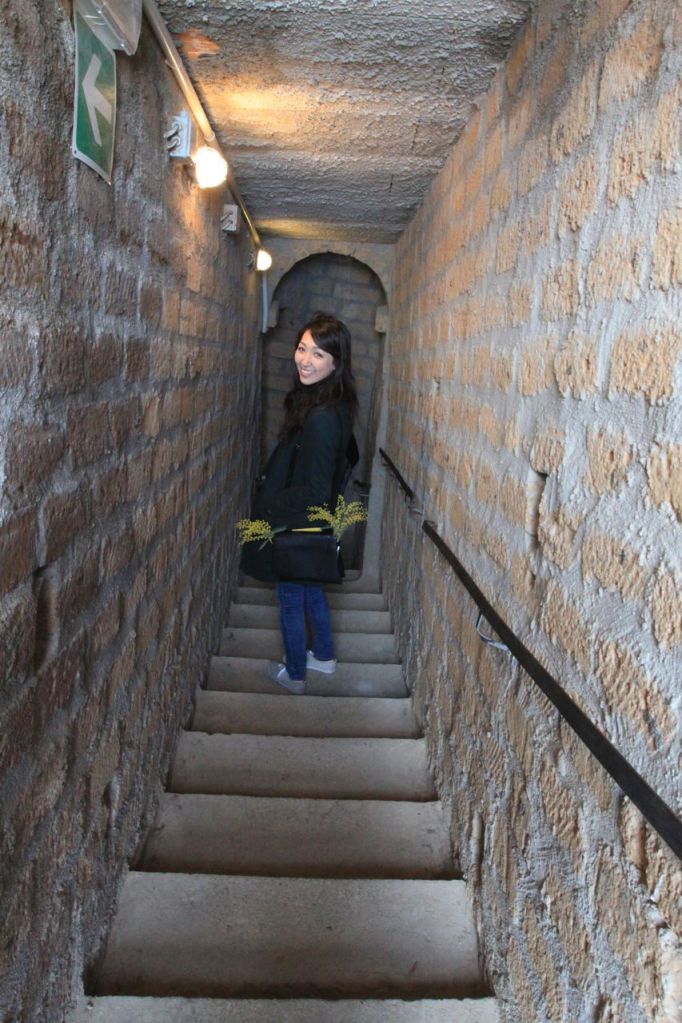
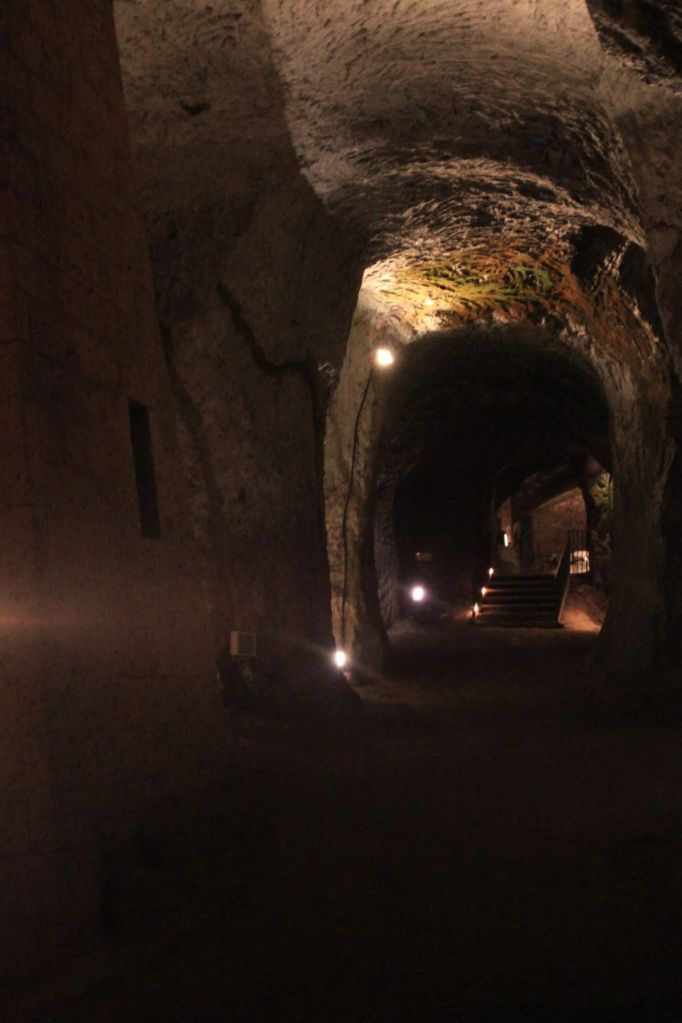
Walking along the hillside we made our way to the underground entrance where we, in a whirlwind tour, got to see the underground system of a few of the medieval remains. Honestly, it was so rushed and not a lot to see that I wasn’t super impressed, the tour guide was in such a hurry it was pretty bothersome because we had no time to sit and take in the ancient sites, which were cool like an ancient underground mill or quarries or pigeon houses (which were used to get tons of pigeons which they would eat in times of plague when food was scarce) but we had no time to enjoy it. Regardless it was a good experience, but I much more preferred the Pozza Della Cava underground section o Orvieto which I will get to later. But I was glad to see it an experience it.
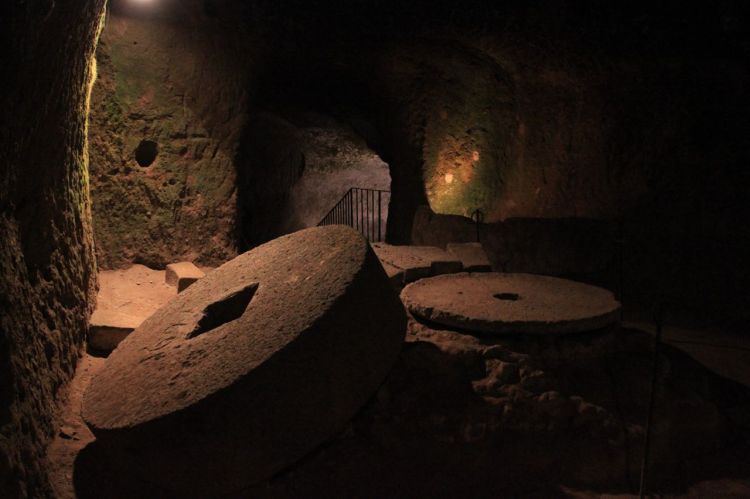
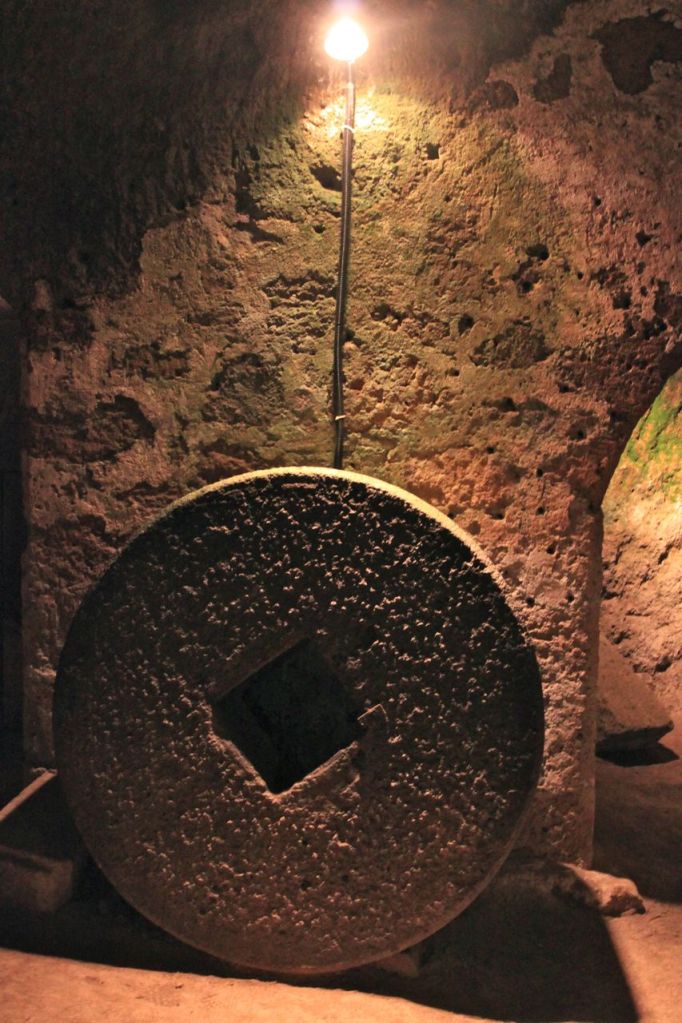
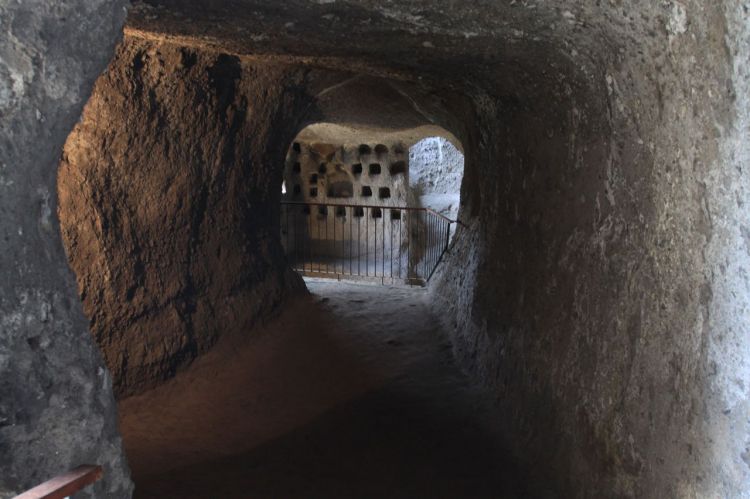
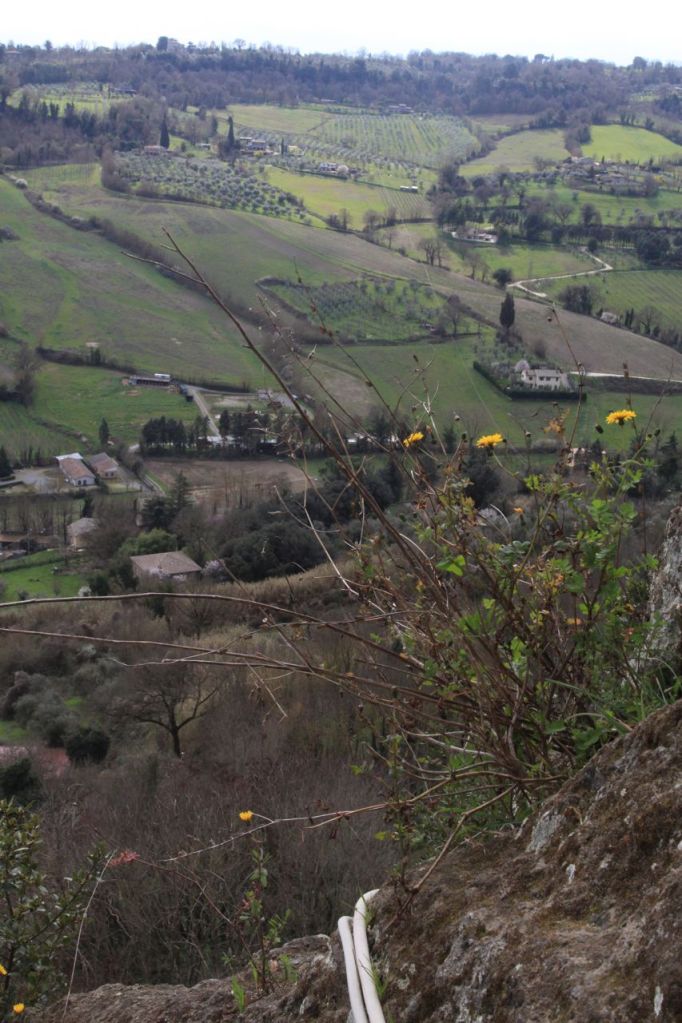
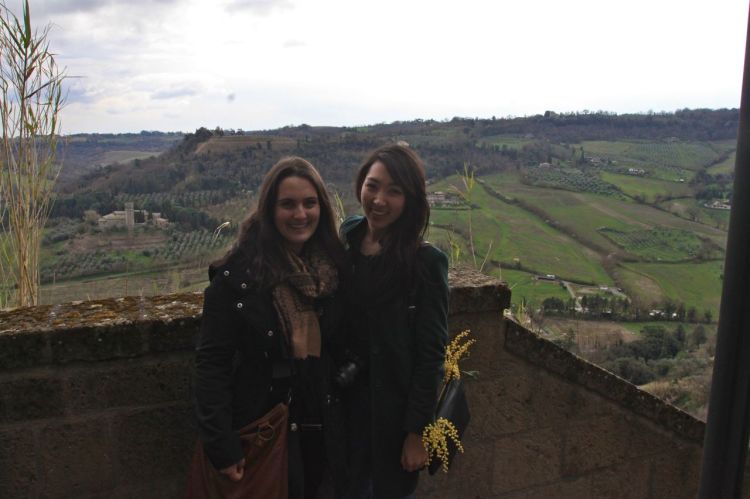

After our underground adventure we went back to the Duomo to take a look inside and see what there was to see.


The facade of the Duomo was just beautiful. The ornate twisting columns on its face lined with colorful mosaics, and not to mention the intricate carving of faces on the top part or the Duomo were breath taking. We could have, and probably would have stayed outside forever looking at every tiny detail if not for the biting wind that drove us inside looking for shelter.
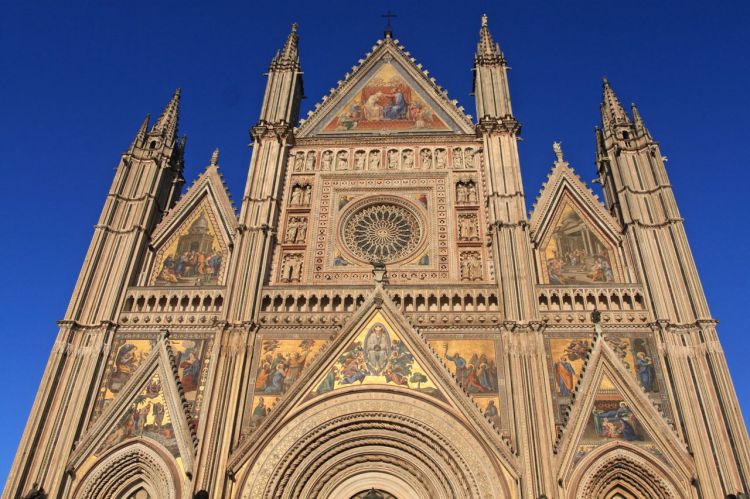

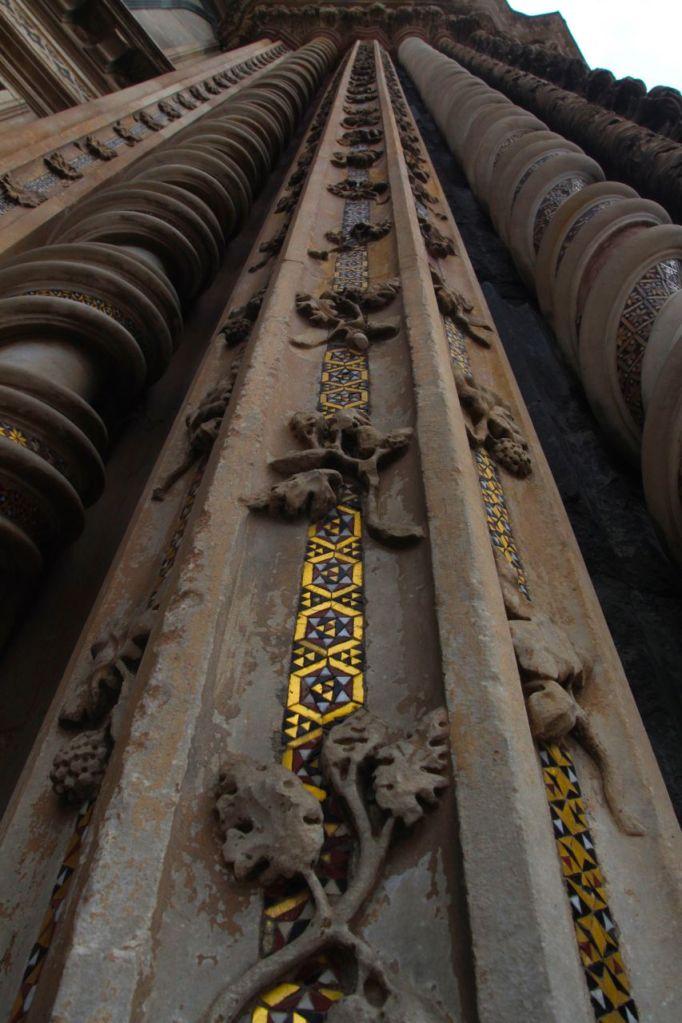
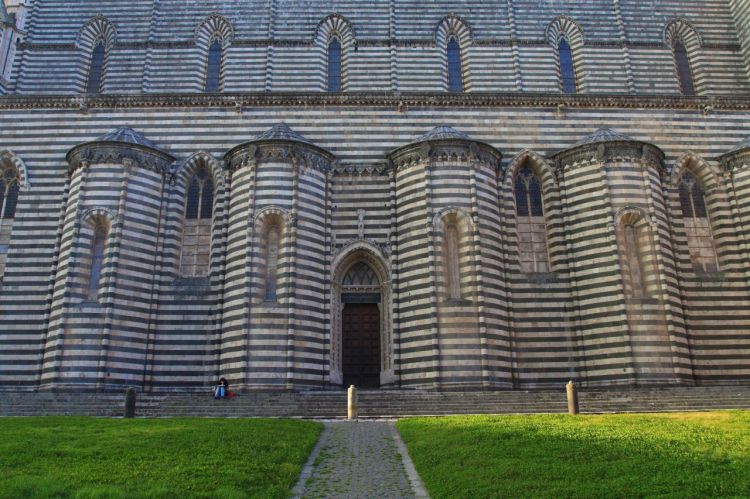
We specifically wanted to see the work of Signorelli who had an amazing chapel within the Duomo centered on different themes of the apocalypse including the preaching of the anti-christ, ascension of the elite, and other aspects of revelation that in the form of mosaics and frescoes where truly incredible. The same man who painted these also painted in the Sistine Chapel in Rome and the works were truly incredible. We stood inside with our necks craning for quite some time just trying to take it all in. The rest of the church was relatively plain compared to its exterior, but we sill loved walking around in it. I also fear I have been spoiled by the churches in Rome because every single church you walk into in Rome is either famous or extraordinarily incredible for no specific reason, so it is hard to feel impressed with churches outside of Rome just because I have become a church snob of sorts.

Afterwards we decided to go to the tower in the city called Torre del Moro, which is a central clock tower of the town. We climbed up in the belly of the clock tower, step after step slowly ascending to the top of the bell tower. The part where you could see the actual clock from the interior of the tower was really interesting and you could hear the clock moving from the inside.
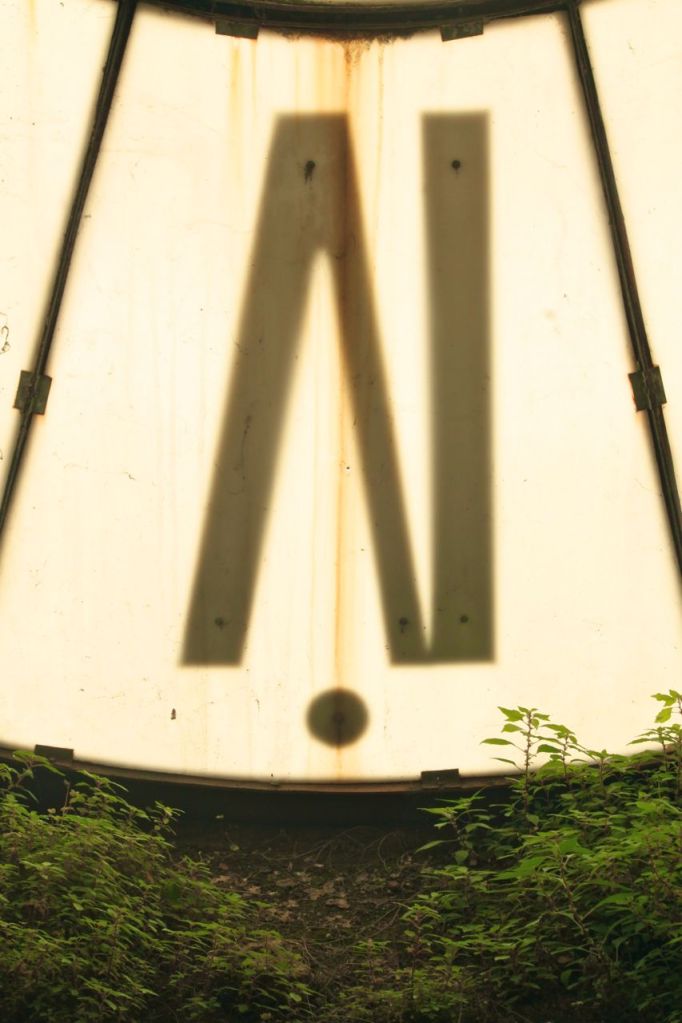
The view was really incredible, a tower on a hill top is a beautiful thing. Not only do you get to see the town from above, but the countryside stretching for miles upon miles into the distance, disappearing into fading mountains.
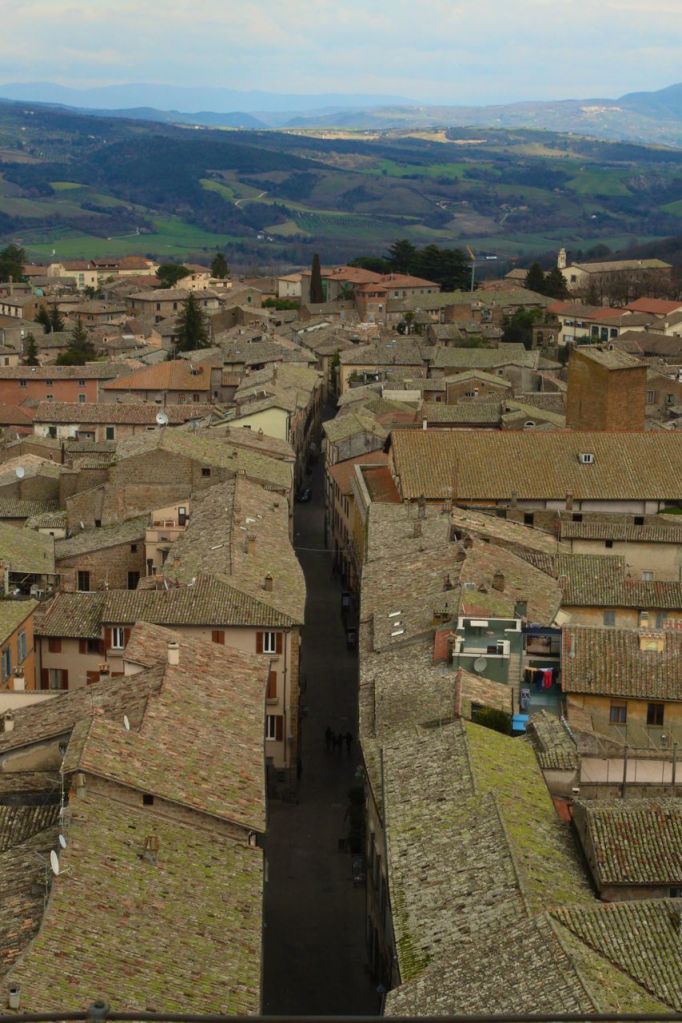
Every winding contour of the streets below, every tiled roof top and especially the grand standing facade of the Duomo was visible. We stayed up there for a very long time just looking again and again at every building in Orvieto. Even in the biting cold and trying to take photos with numb fingers, it was probably one of my favorite moments of the day.
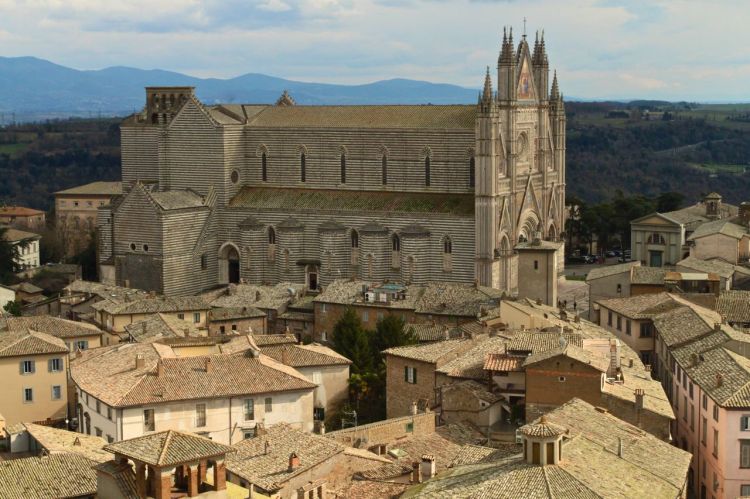
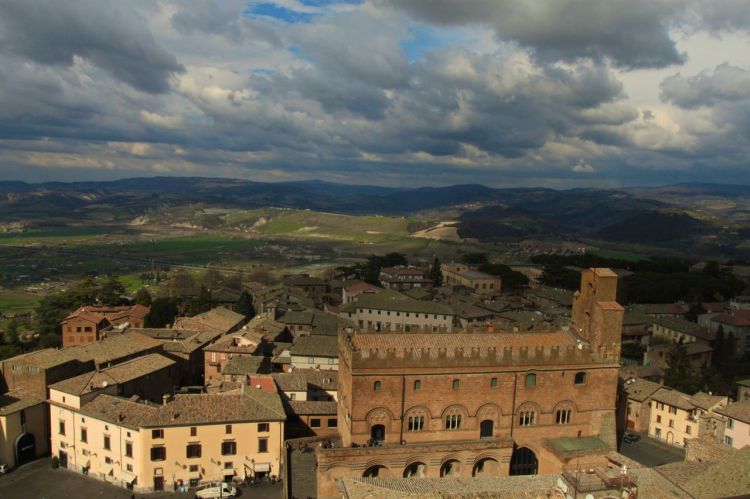
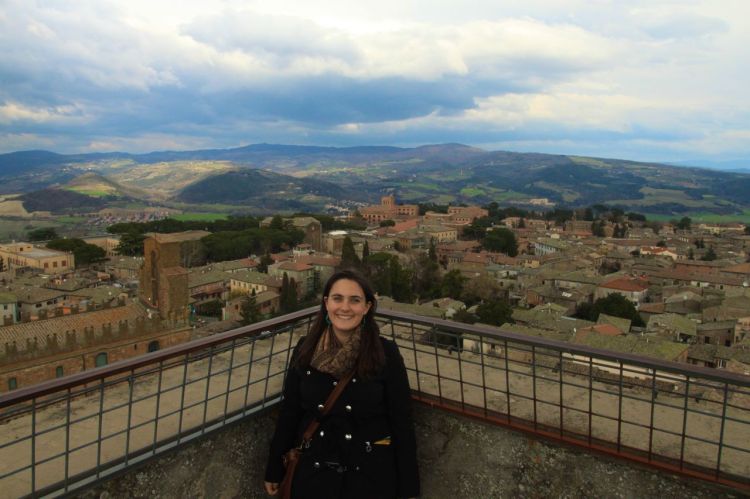
Back on the ground again we continued down the labyrinthian cobblestone streets, but first we had to stop for some gelato. Despite the cold, the gelato was really amazing. I really enjoyed it, I may even say I enjoyed it a little more than Rome’s gelato(the scandal!). While the gelaterias that I love in Rome are great, especially Gelateria Del Teatro which has the most interesting and amazing flavors, this place just gave us huge portions that made my heart and stomach very happy. It was simple, big, and really tasty. I got Tiramisu and Straciatella, which was probably the most perfect combination ever.
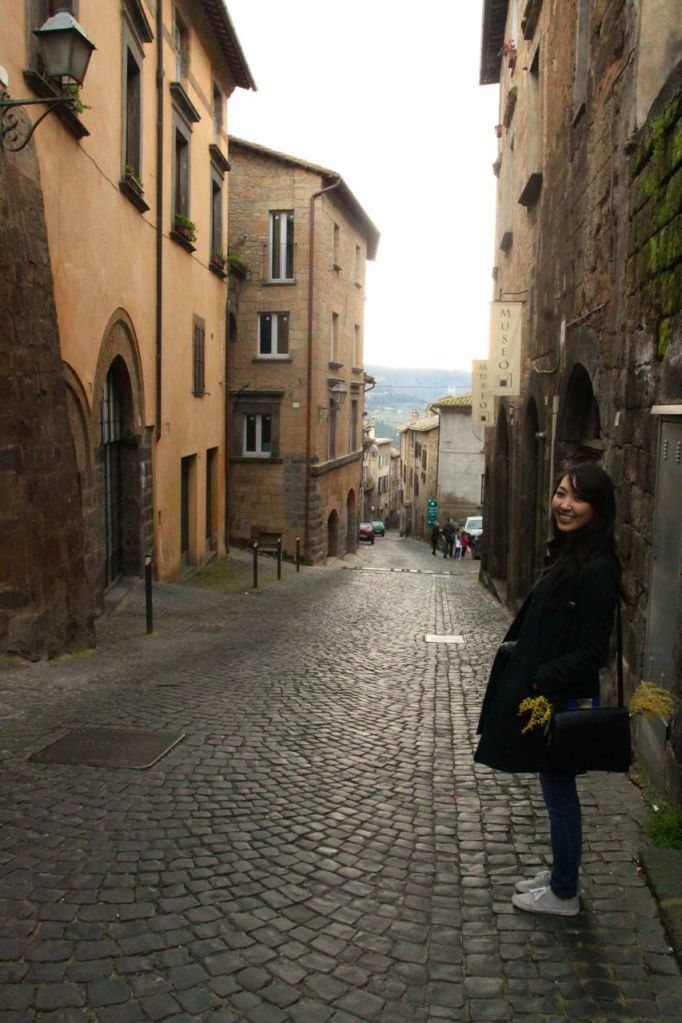
After our delicious side stop, we made our way to the edge of Orvieto and worked our way around the perimeter for a little while, enjoying the view and the beautiful landscape.
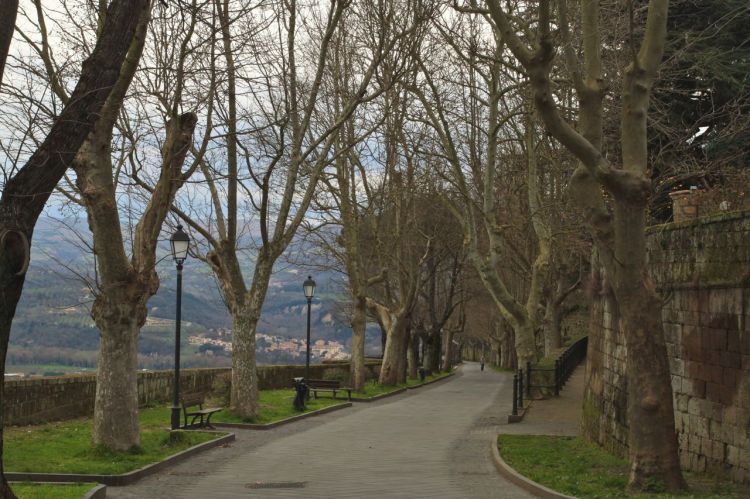
Our next major stop was my other favorite part of the day, Pozzo della Cava. This strange site to see in the city confused me at first, I didn’t even really know what it was going to be when we walked to it because I didn’t know what the name meant. So I had no idea what we were going to see, and honestly I just went because we had the card and tis place was included, so why not go? It very quickly became one of my favorite places. It was a museum of sorts that housed an old medieval underground pottery factory that had a huge well inside of it. It went down several stories and actually turned out to be way more interesting than the whole underground Orvieto tour. With recreations and original ancient pottery that had been found in the factory displayed everywhere. The old kilns and places where they would work deep underground all on display. 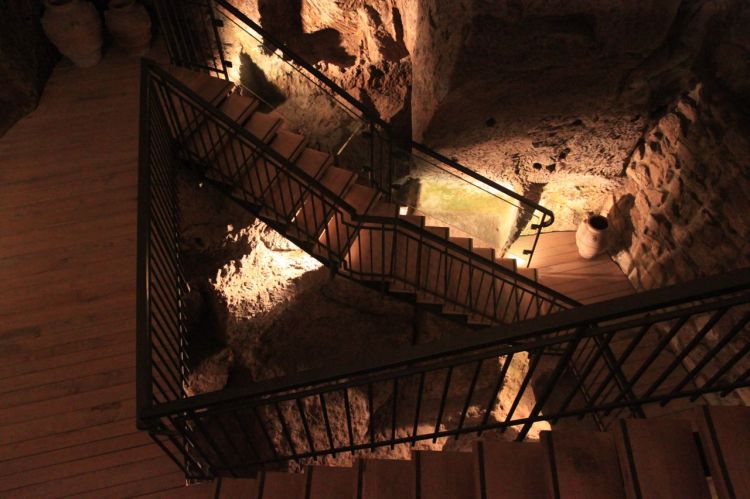
The well itself was really really incredible. Going down extremely far, ending in a pool of deep blue green water speckled with tossed coins that lay for who knows how long in its depths. Natalie and I both tossed a coin in and it took what seemed like forever to reach the water far below. This well was another reason why I loved this site so much, but not just because it was so cool, but because of what the owner of the museum, a super nice older gentleman who I really wanted to just adopt as my grandfather right then and there, showed us. Since we were really the only ones in the entire museum he was really nice to us and talked with us and showed us a bunch of special things people normally don’t get to see. We just kept wandering around and he would start to smile just a little bit and then start to say “Ven, Ven, Ven” an abbreviated word for “come” and then he would show us special little secret things. One of them was when he took his custodial keys and opened this weird latch that actually looked down from way up above on the well and he took a pitcher of water and poured it down. As the water was falling it split up into droplets and at a certain point hit the light just right so that it lit up almost like a rainbow as the water was falling, hitting the water down below like rain. It was like a burst of light took over the falling water and the sound was like chimes when it finally touched the well’s water so far below, rippling its calm unmarred surface of centuries. It was truly special, and we felt so honored to have been showed that because I know many people probably can never see that. We thanked him so many times because we were so grateful and awes struck.
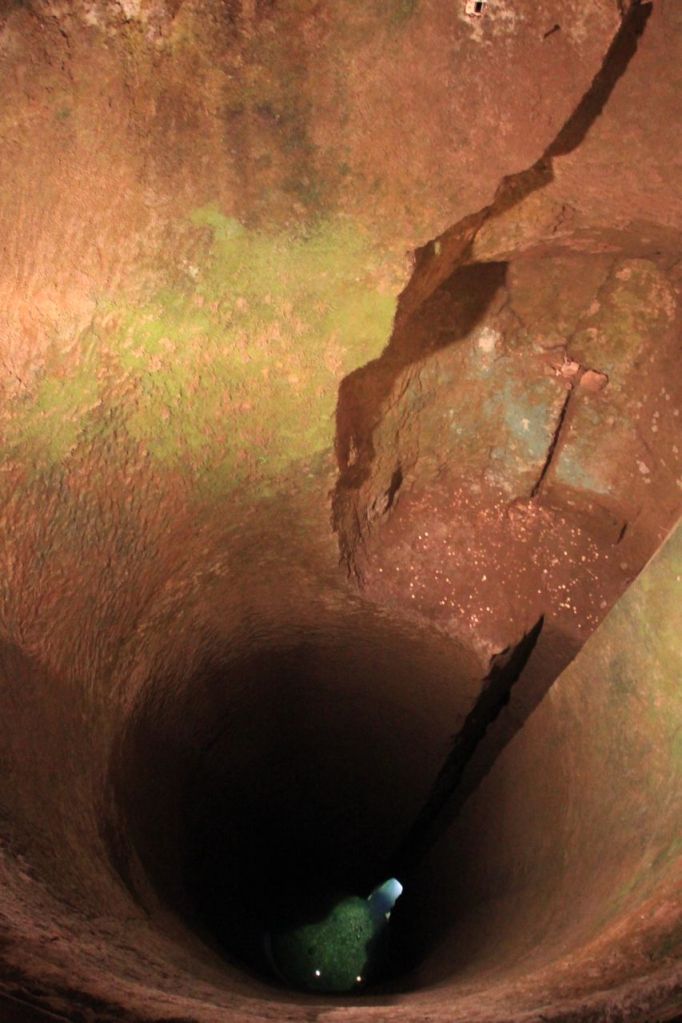
Then he took us to another little secret place where he moved some tables around and showed us a glass panel where you could look down on the underground kiln and pottery working area which was super cool. So he showed us all these special little things and it was so much fun seeing the ancient work places underground. He was really so nice to us it just made my day, and made it my favorite experience.
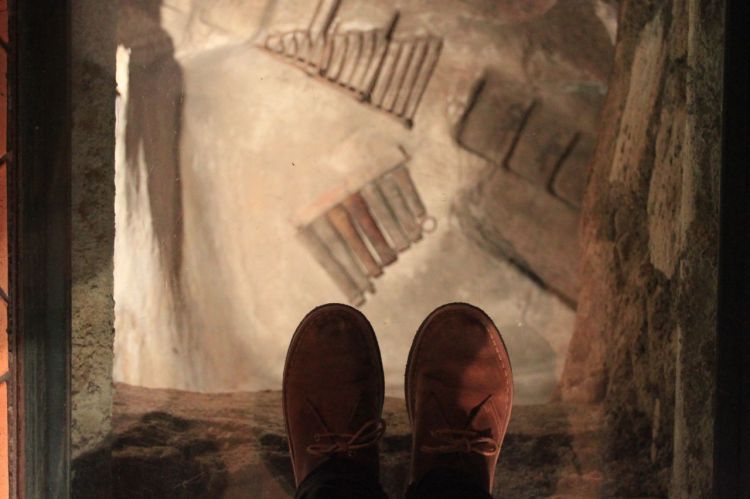
Then we continued our perimeter walking, scaling up a hill to take in the view of the town from the side and it was amazing. The green contrasted with the earth colors of the buildings in shades of orange, red, yellow, and brown, made for a fantastic sight.
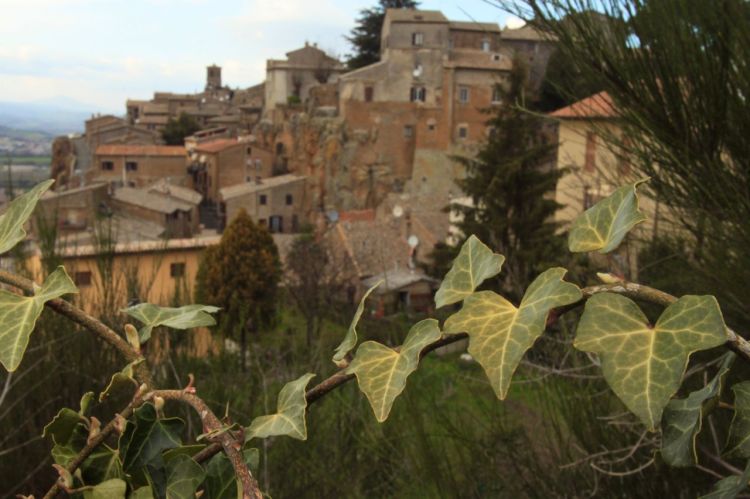
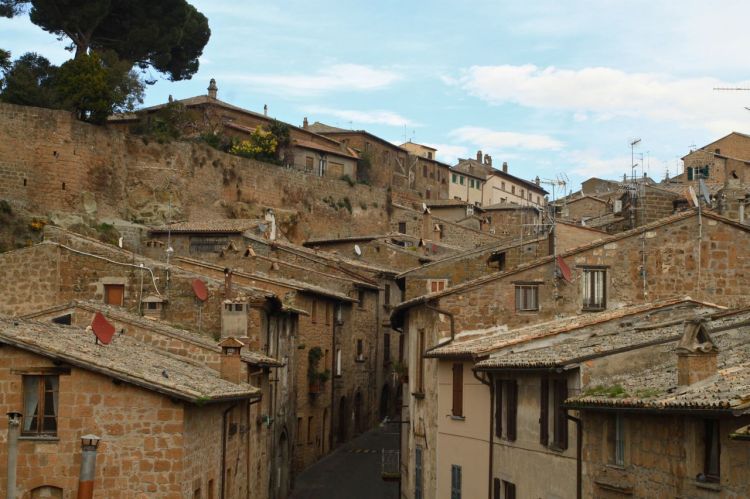
We just spent most of the day wondering around in a state of awe, just loving every moment we spent wandering in the many tiny streets. Finally after much exploring we took a break in another coffee shop because we were exhausted from all the adventure. From there we watch the sun set on the Duomo, the shadow of night slowly creeping up the beautiful facade of the building.
Our last visit of the day was to another impressive well, the Pozzo di San Patrizio, even bigger than the other we saw, that descends a huge winding spiral downward of over 400 stairs to the bottom. It made for a haunting image at night, the water down below a deep dark blue refecting what little moon light that there was. We didn’t go down because we needed to find a place to eat and then catch our train home.
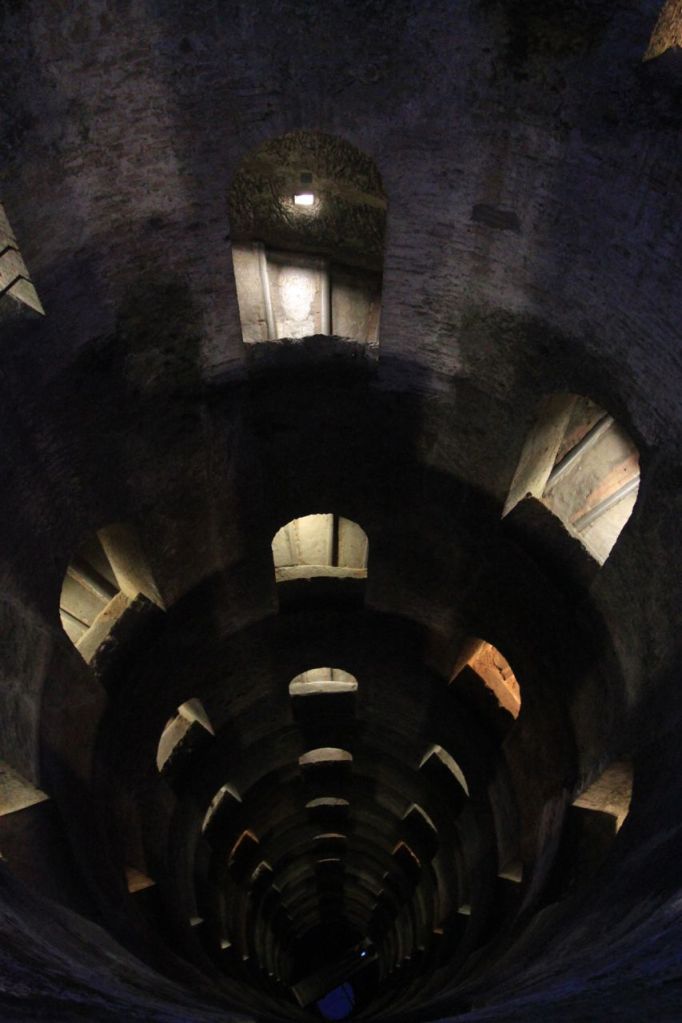
After a struggle to find a place to eat so early (7pm is REALLY early for Italian standards) we finally settled on a little pub and got some decent pizza, but honestly we were just more relieved to have a place to sit and relax in the warmth because we had been frozen to the bone for quite some time outside. 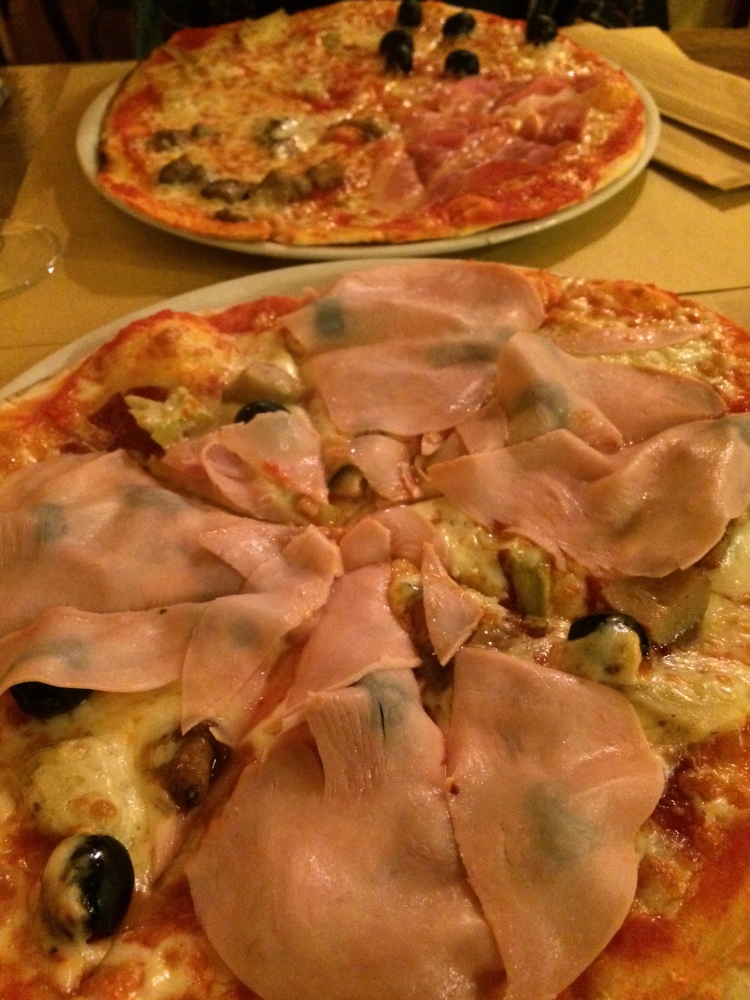
After dinner we took the last funicular ride down to the train station where we waited to board our train home. It was a long, but really great day. There is something so satisfying about going to little offbeat towns. Hill top towns with quirky medieval pasts, strange and unexpected sights to see. It feels so genuine, so real, and so fulfilling. It really is incredibly different than Rome and it was nice to steal away from the bustling city to a countryside town, even if only for one day.




